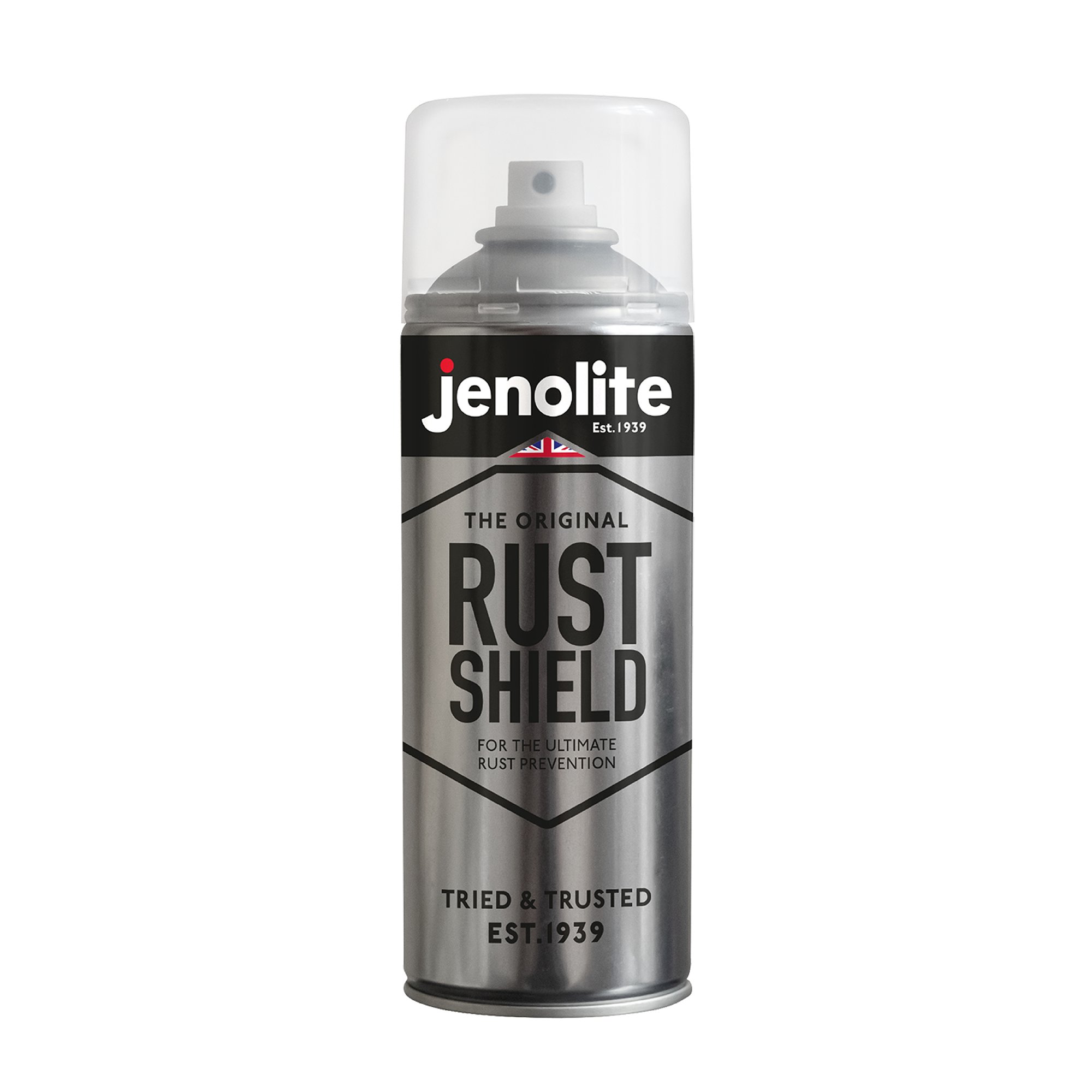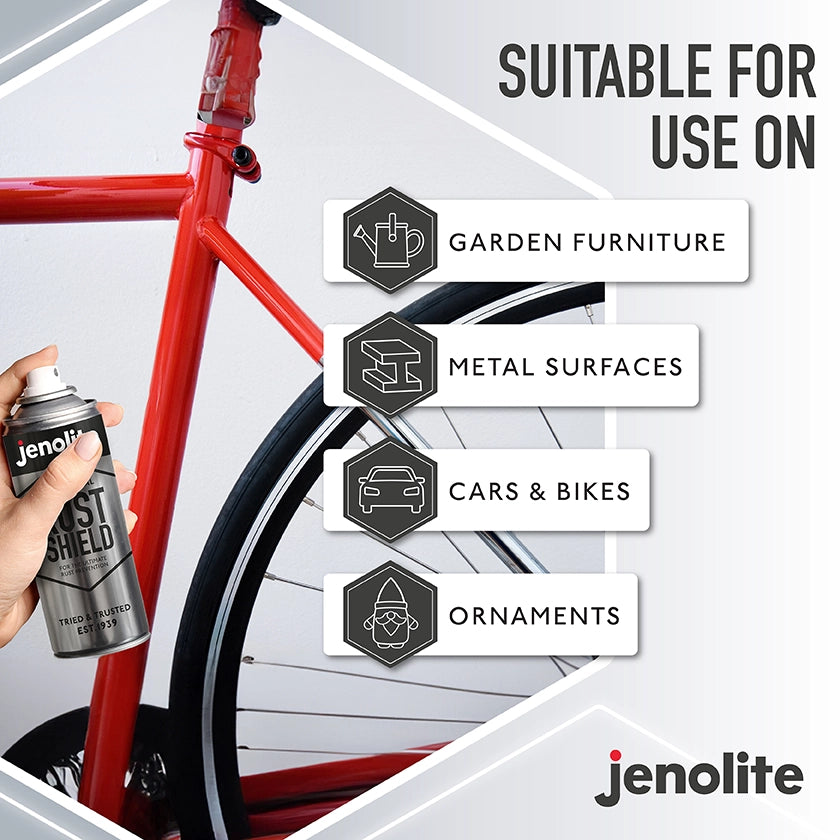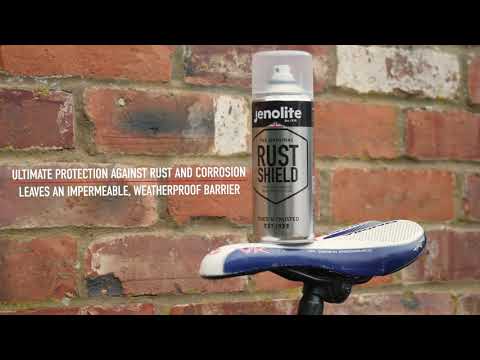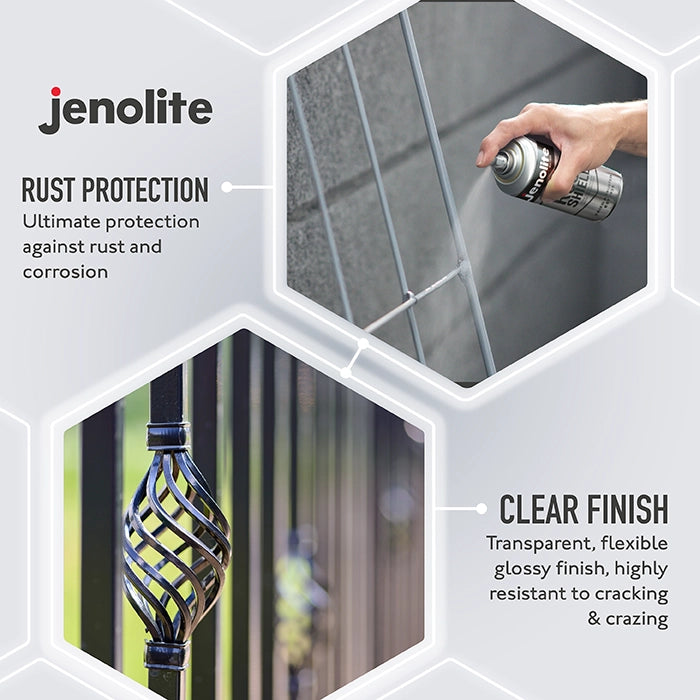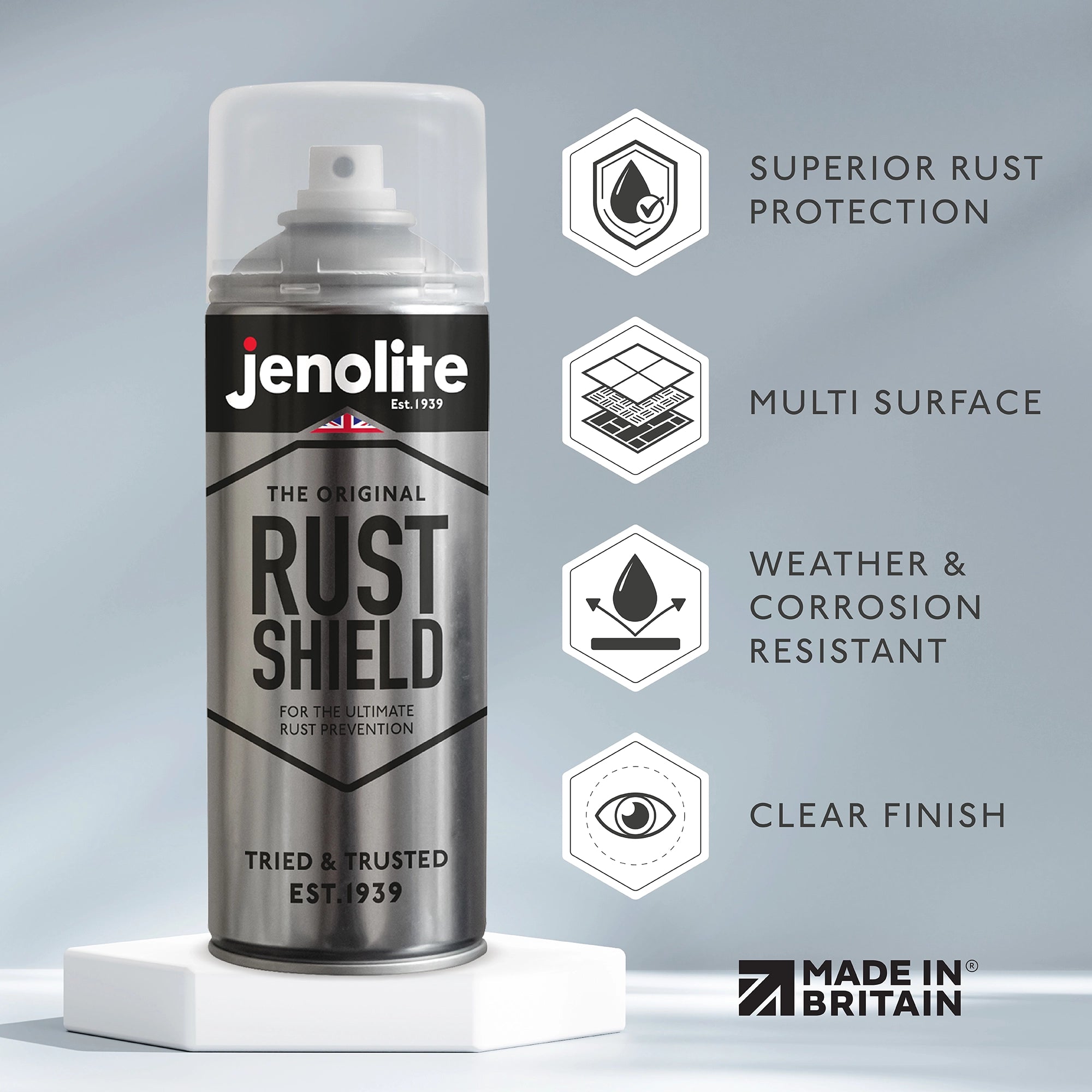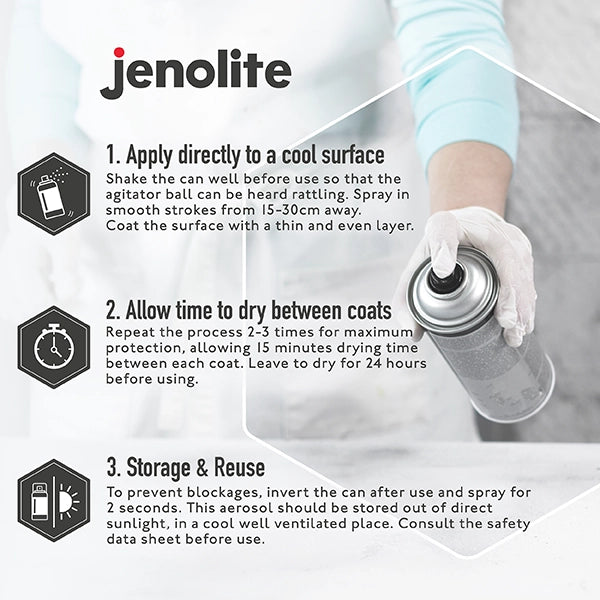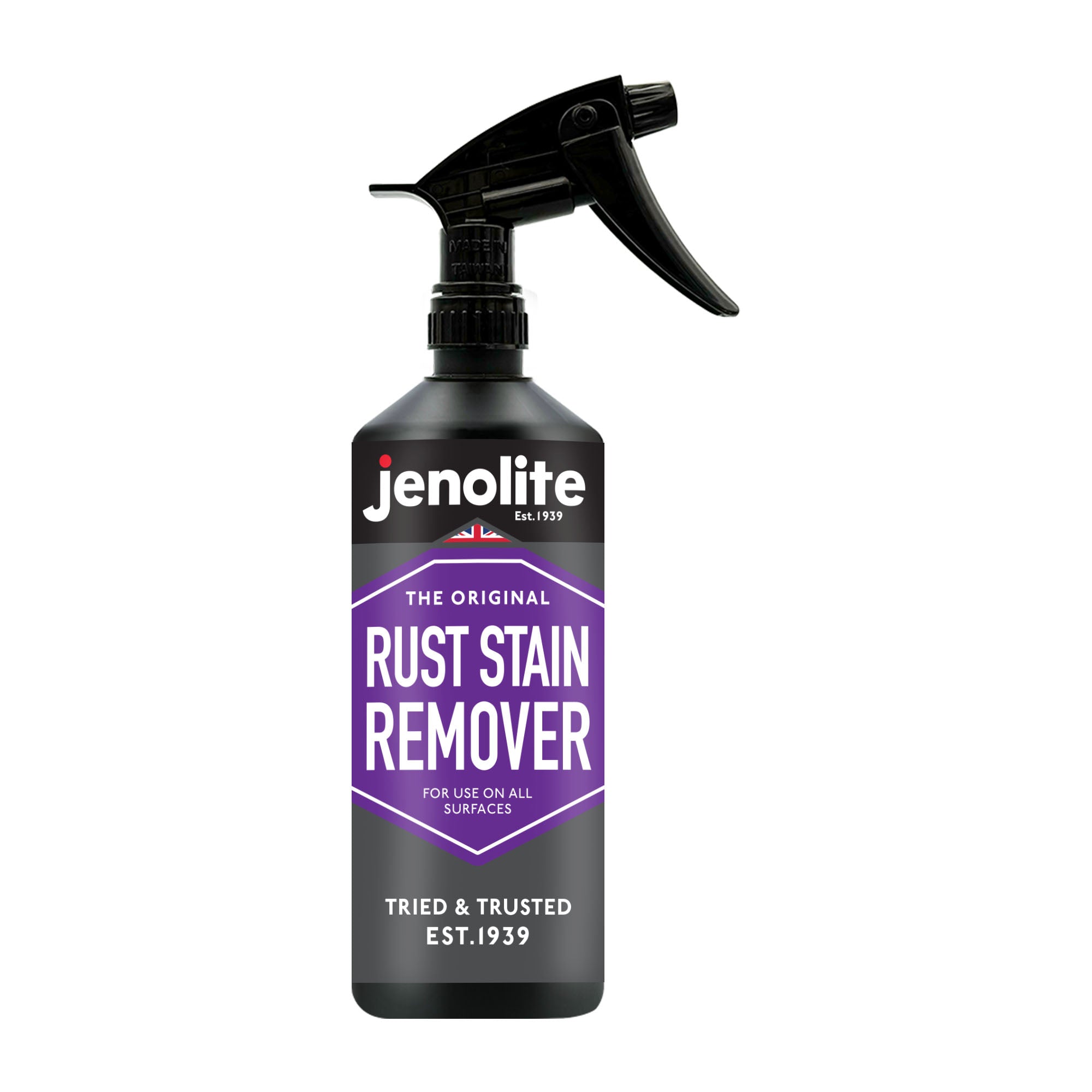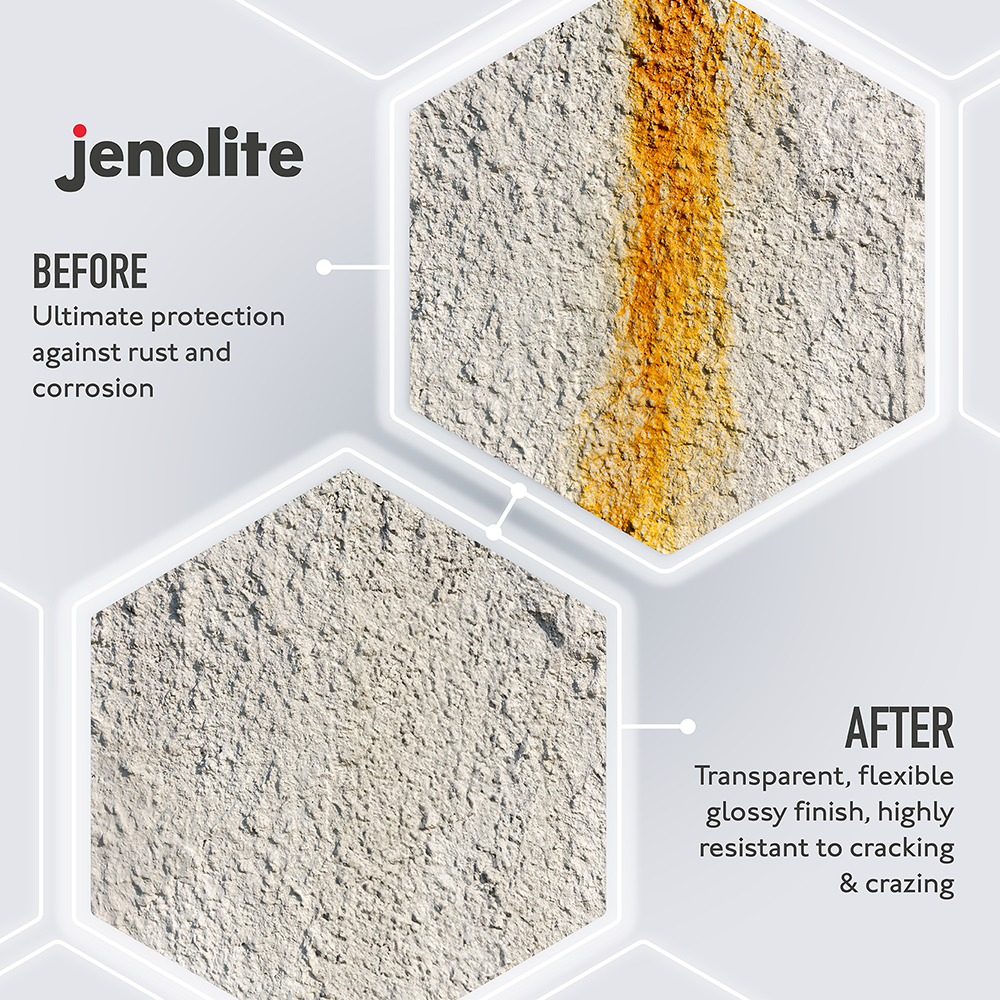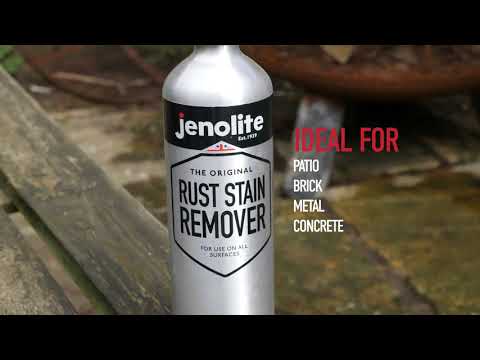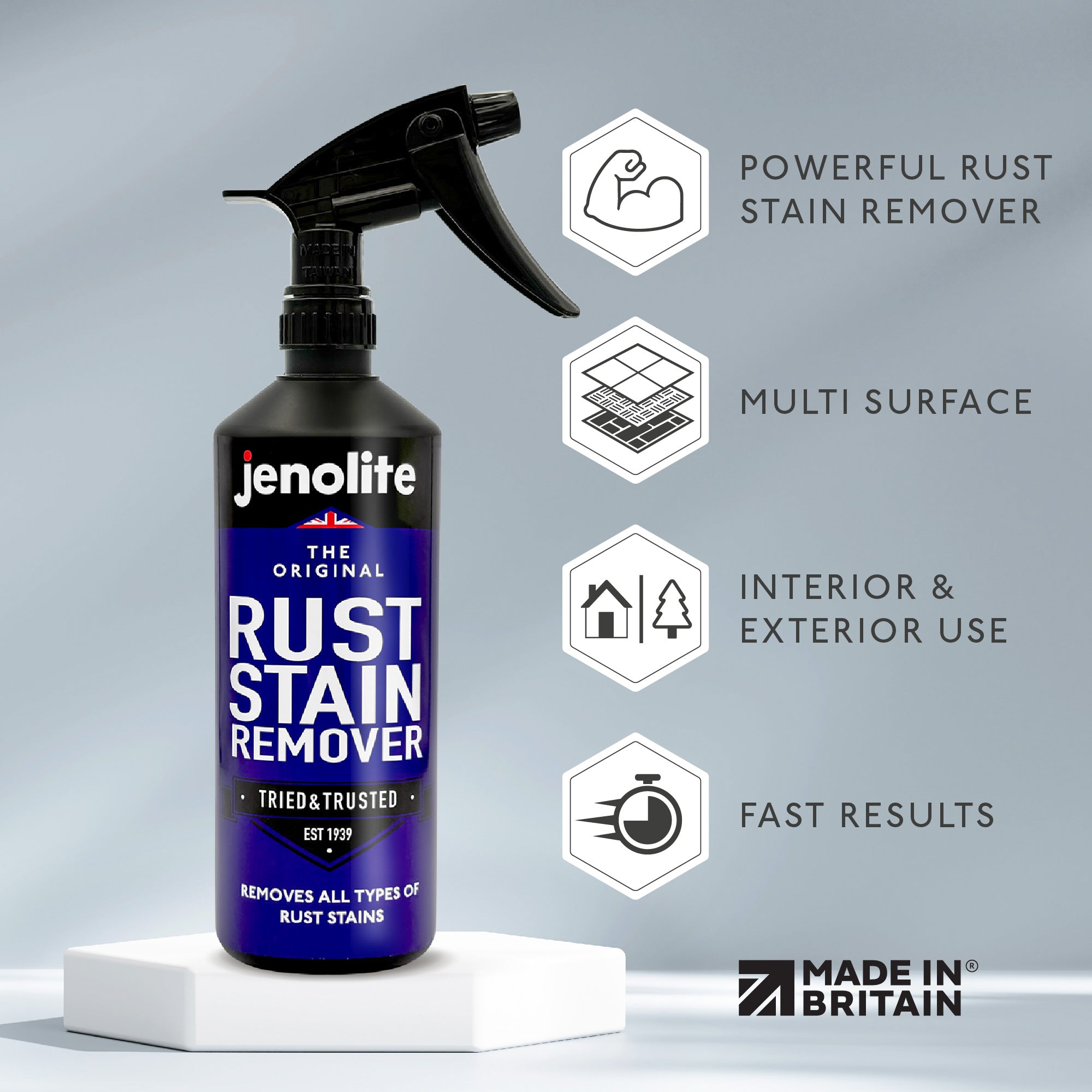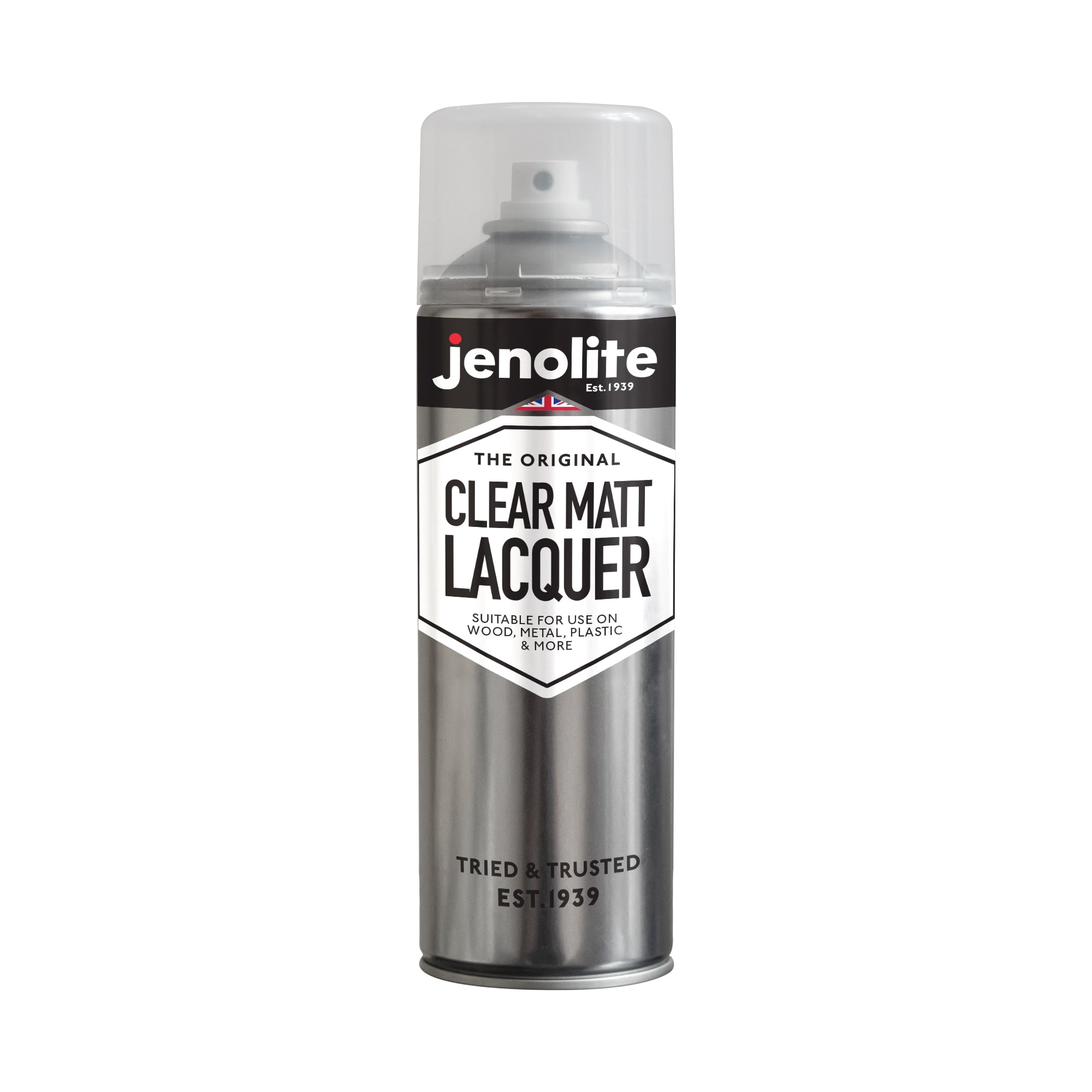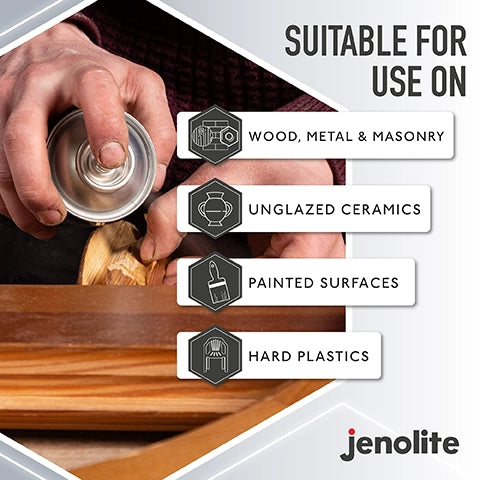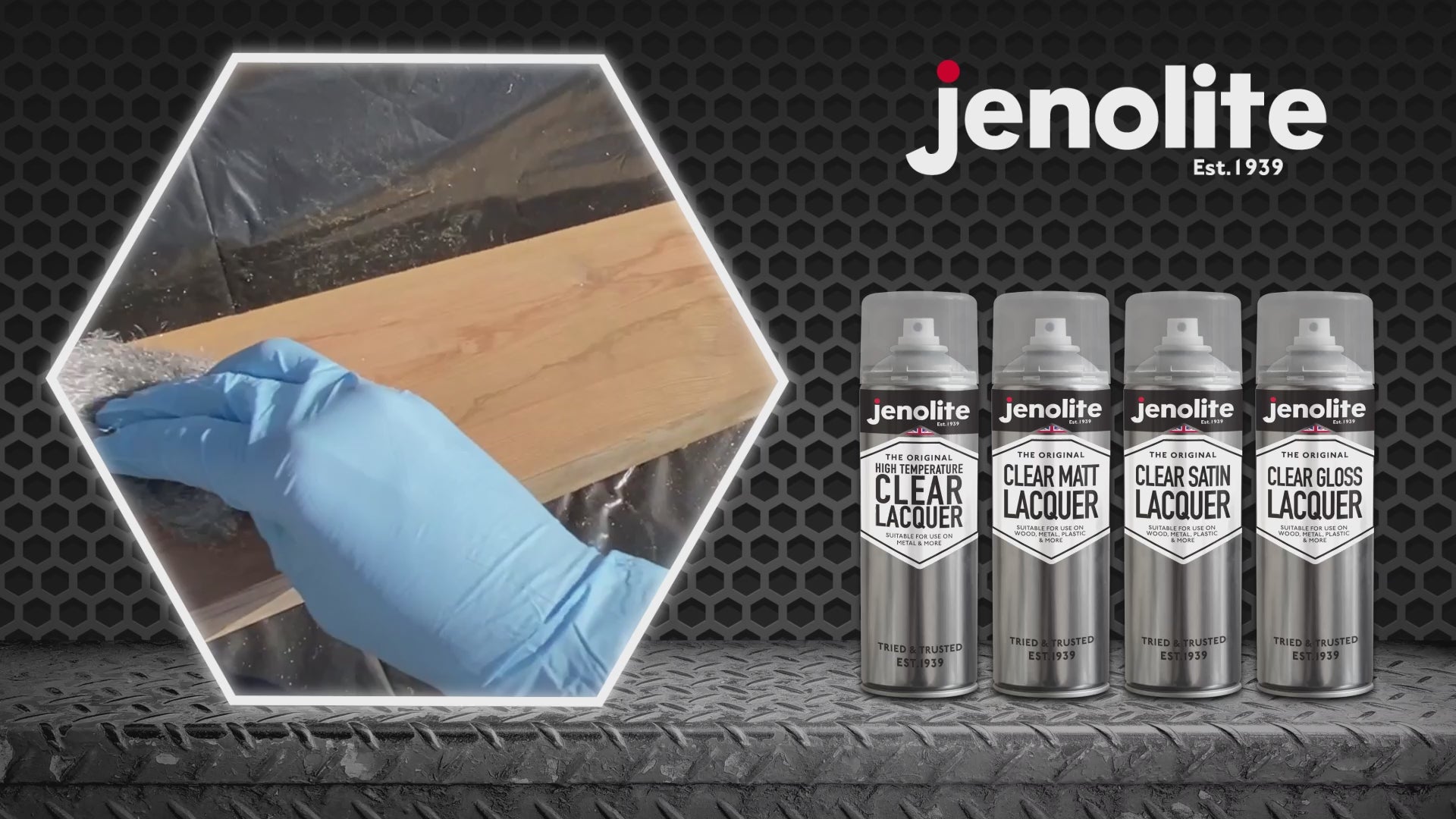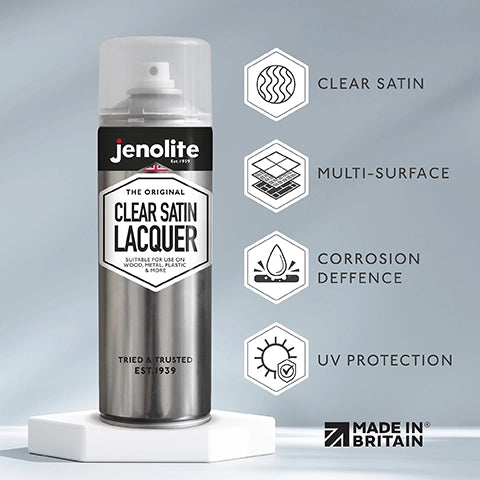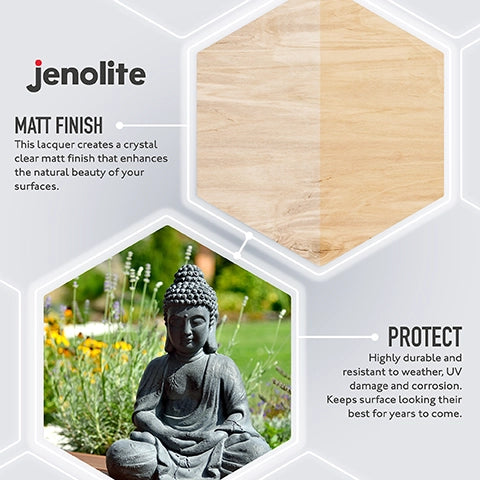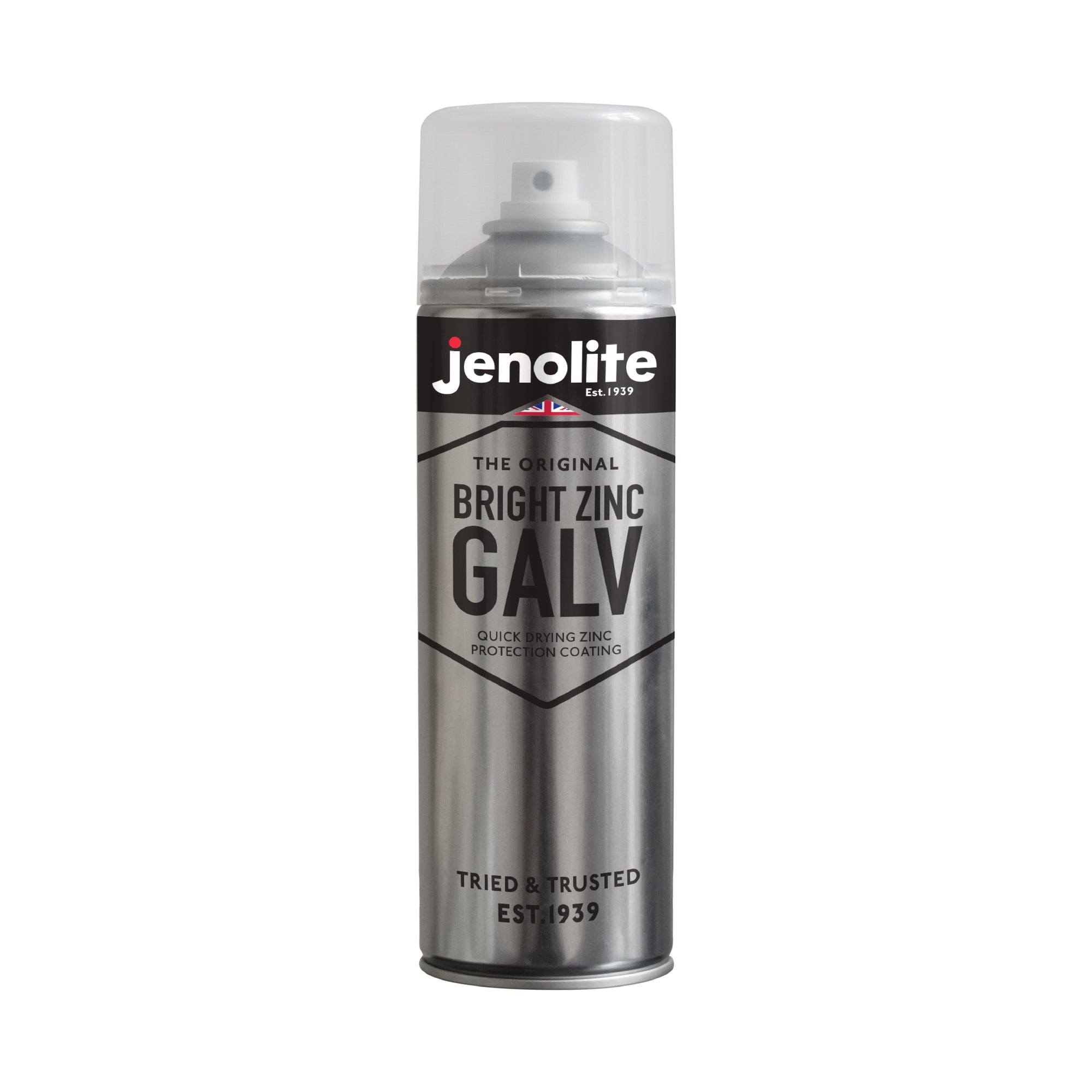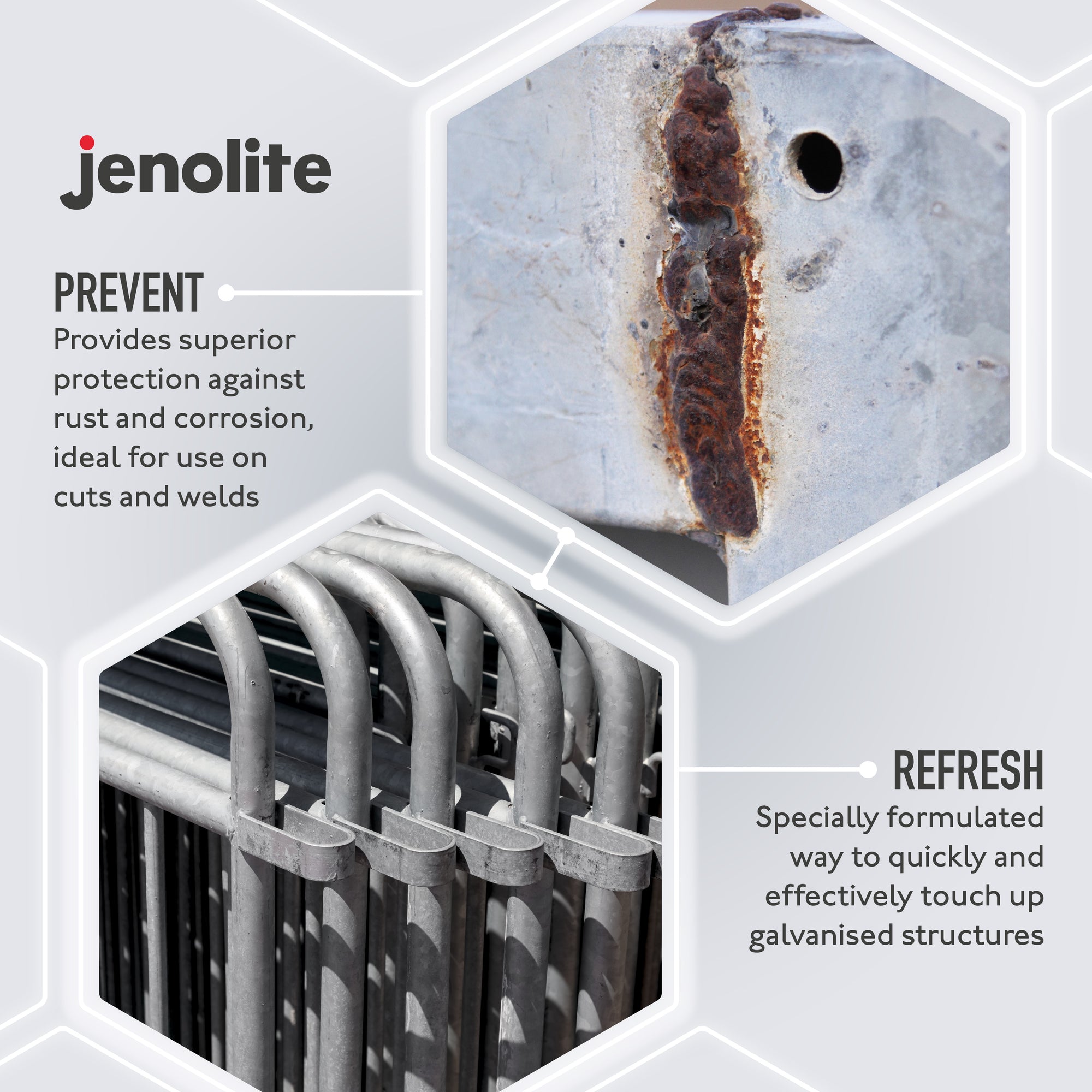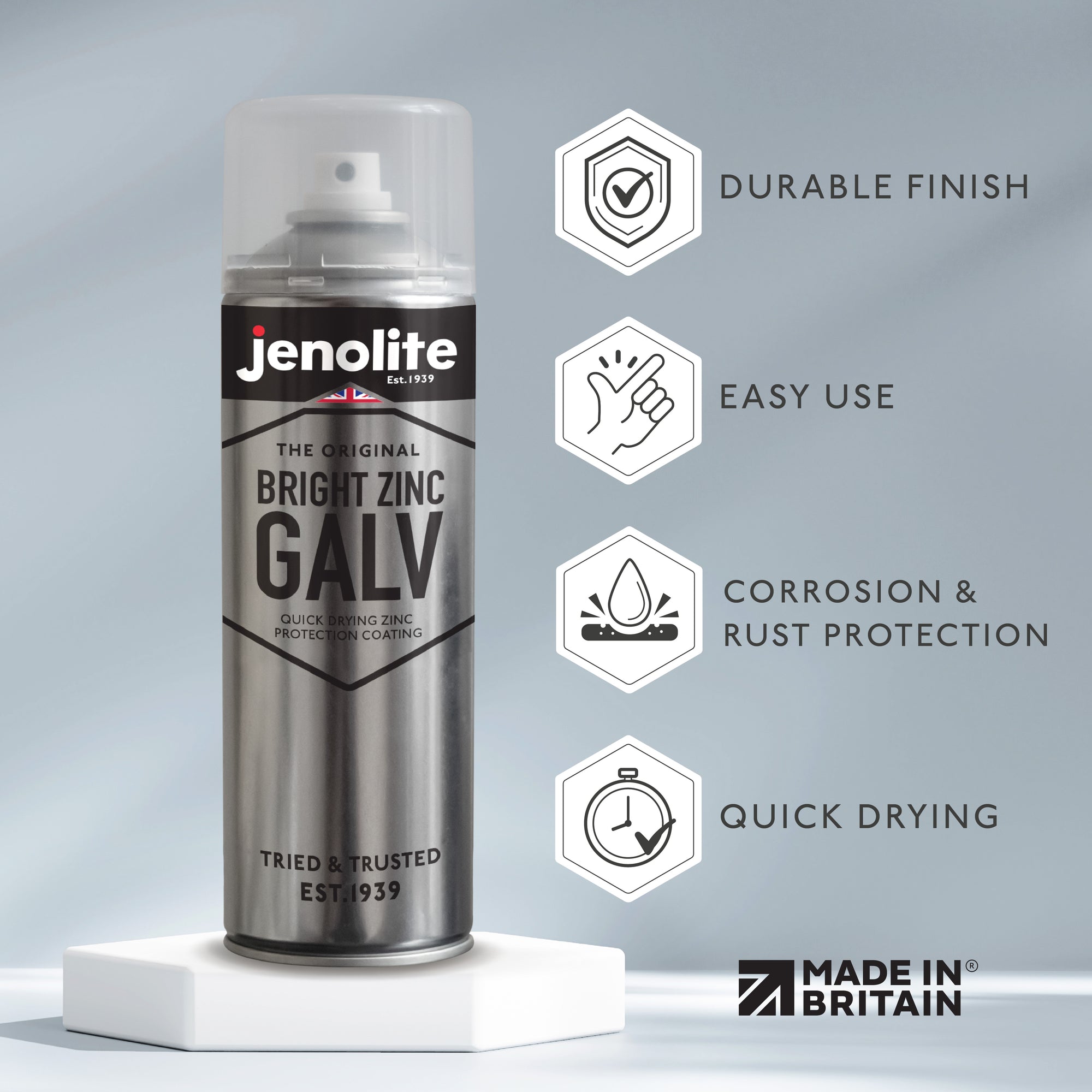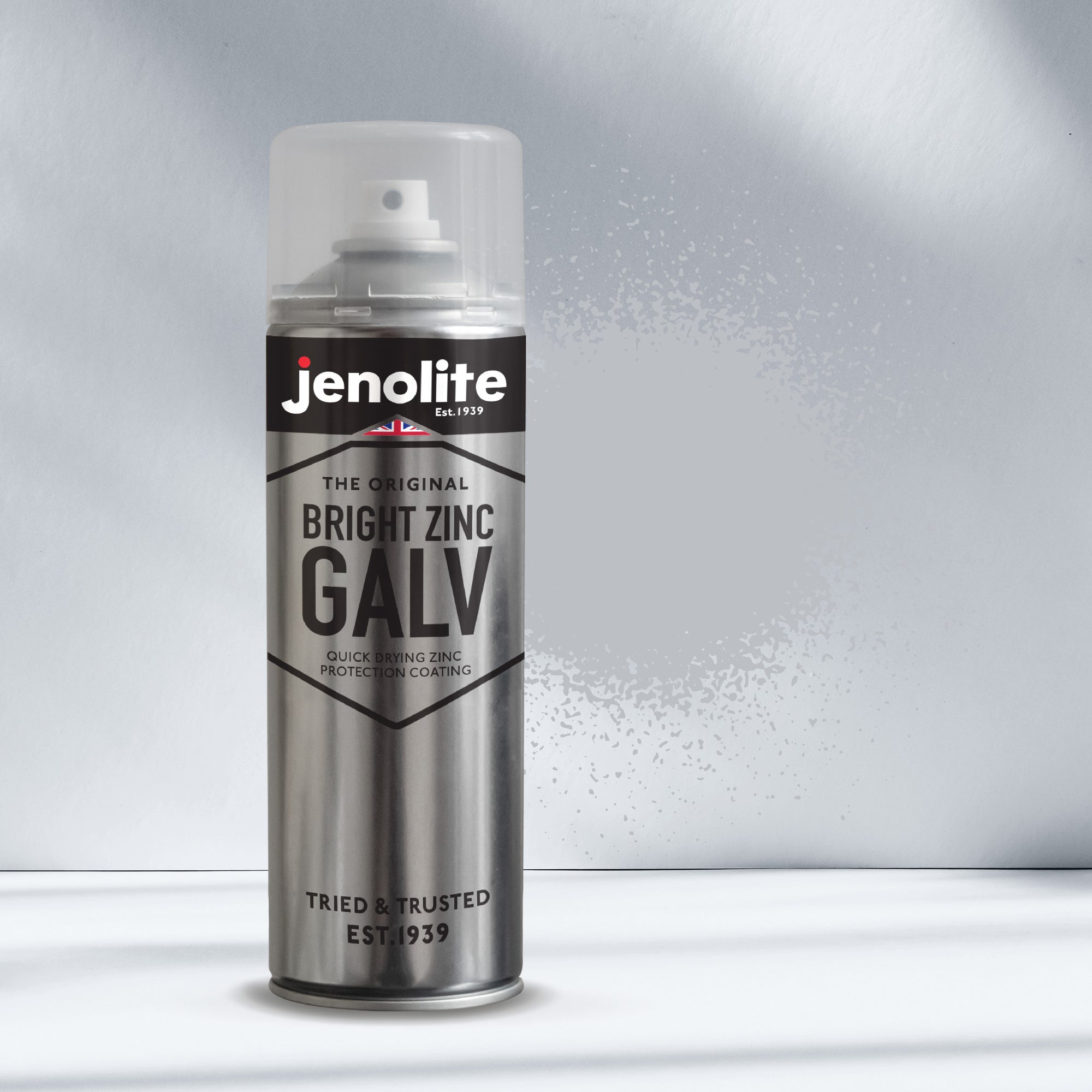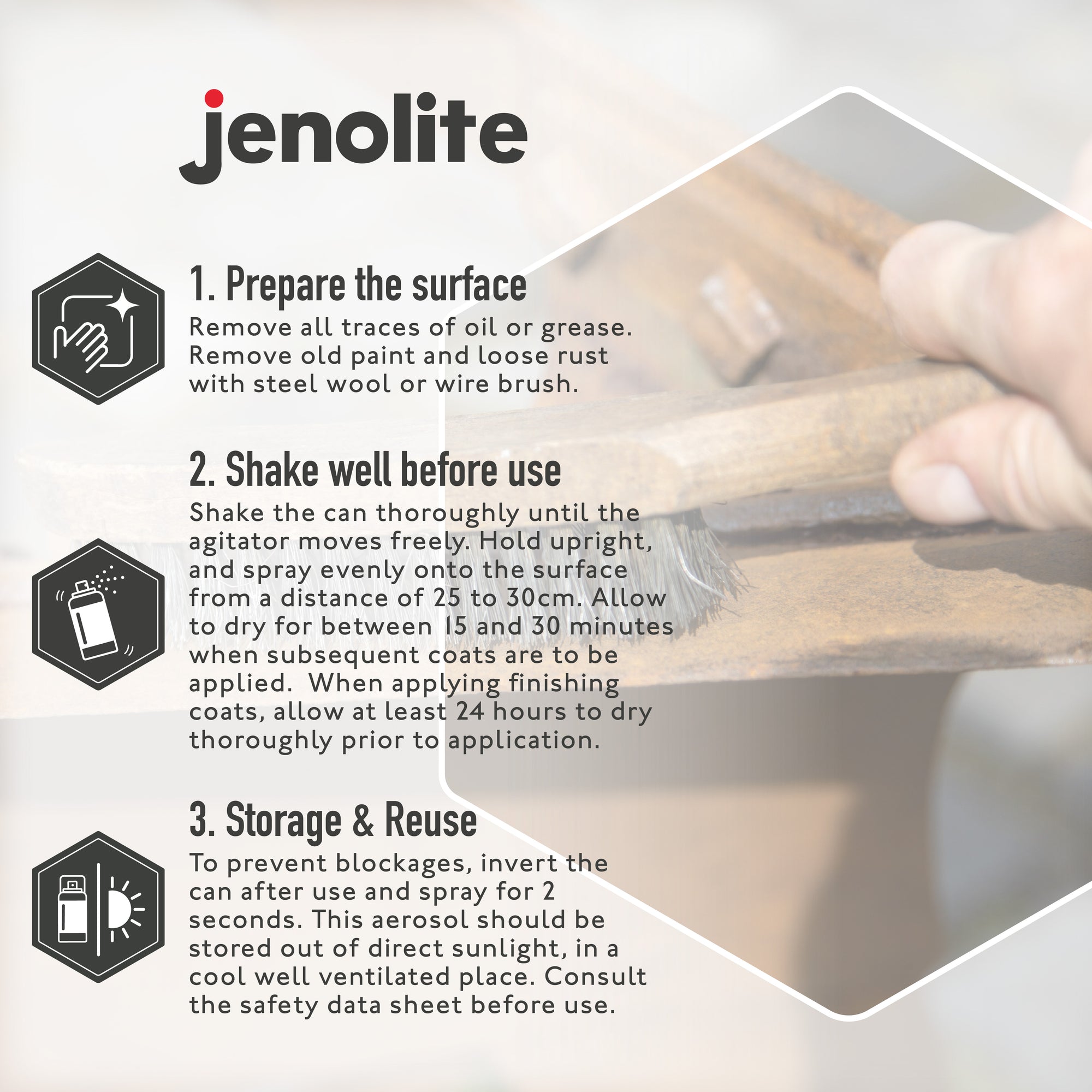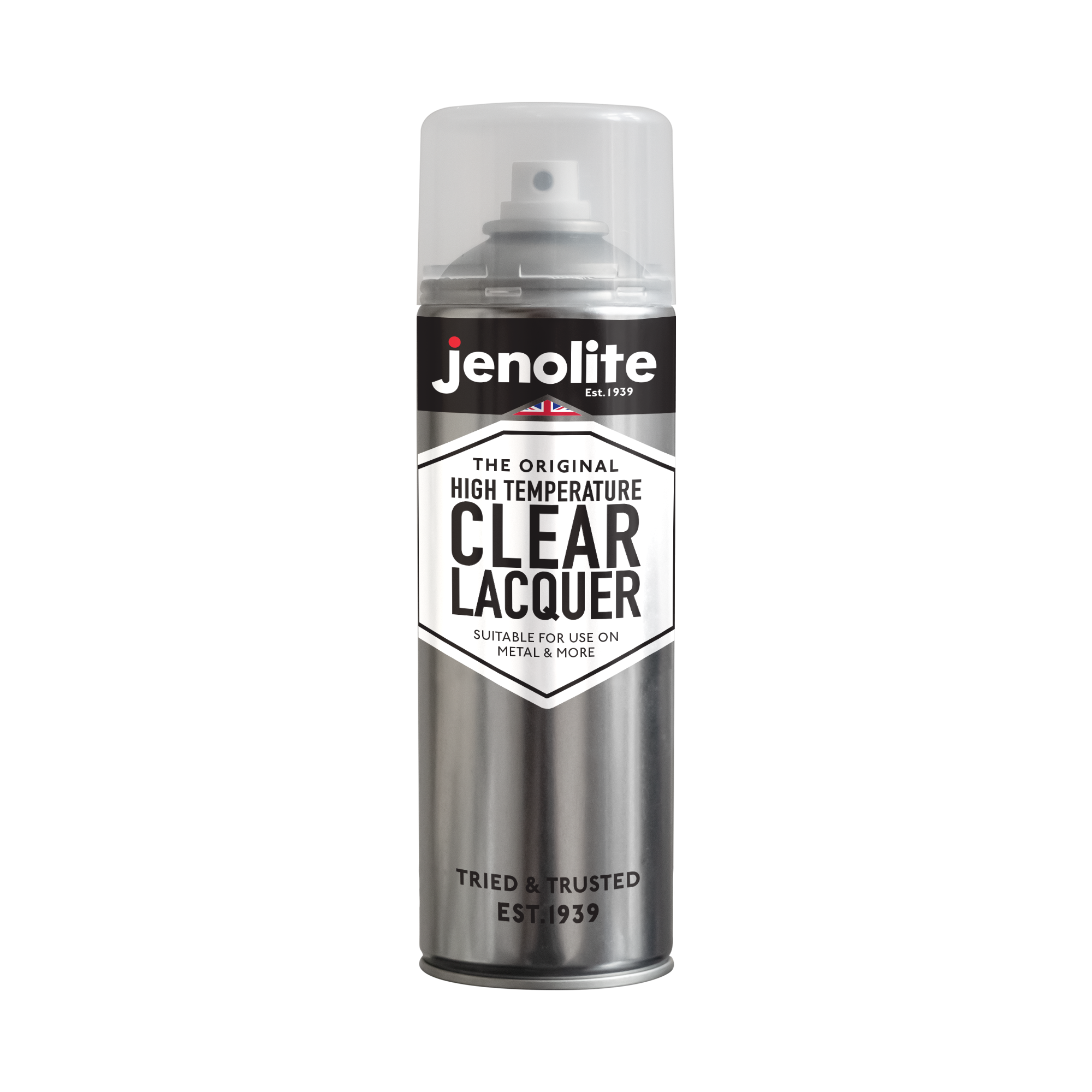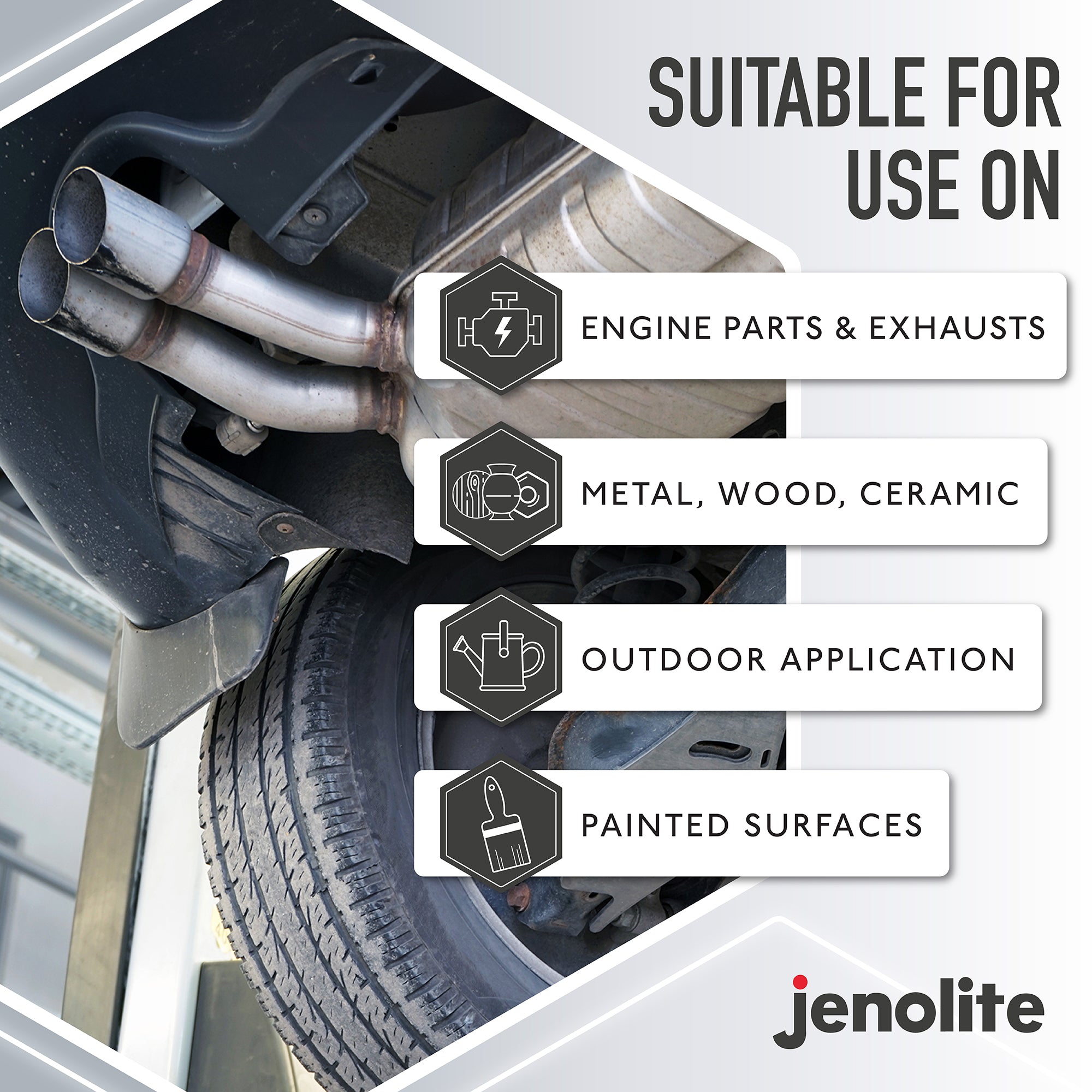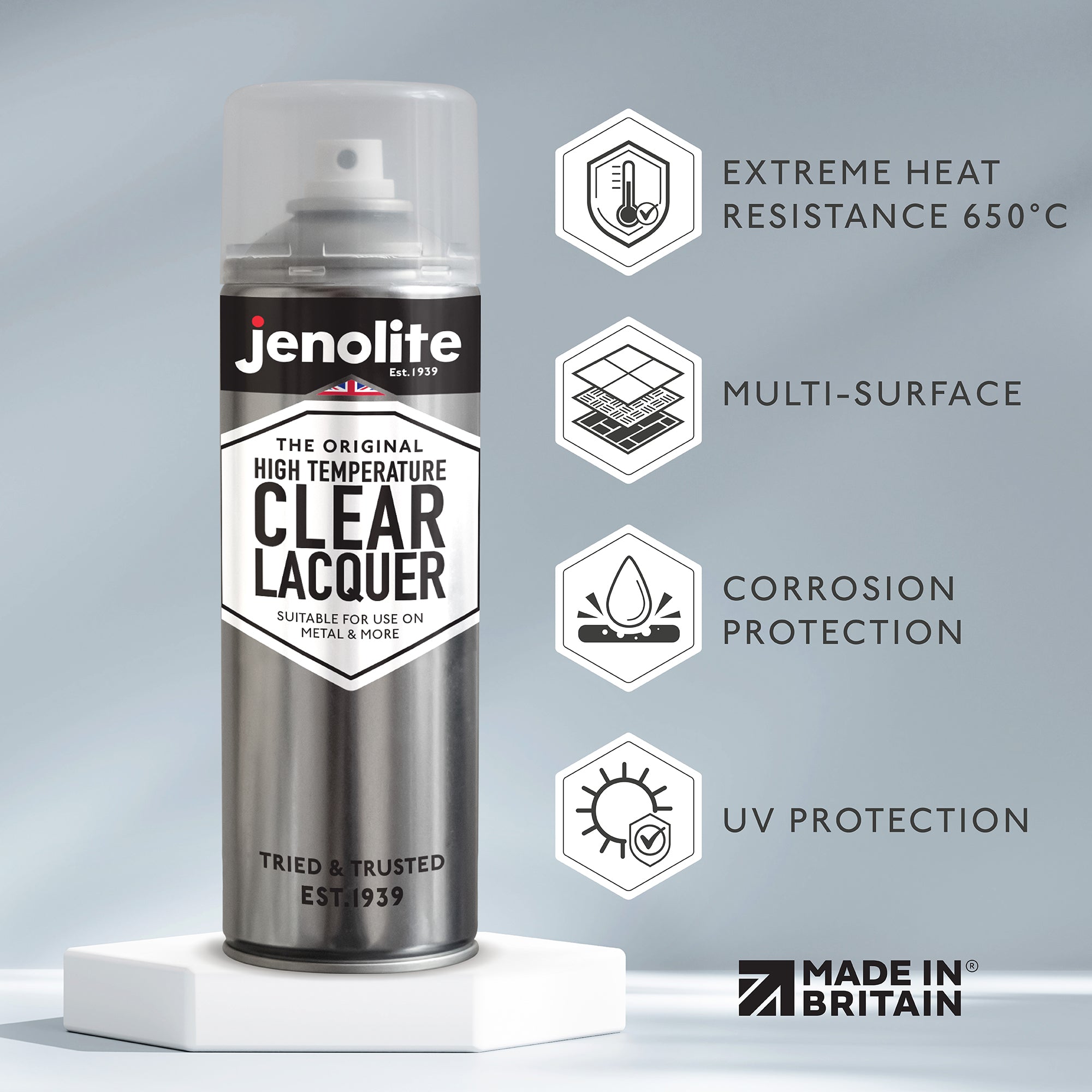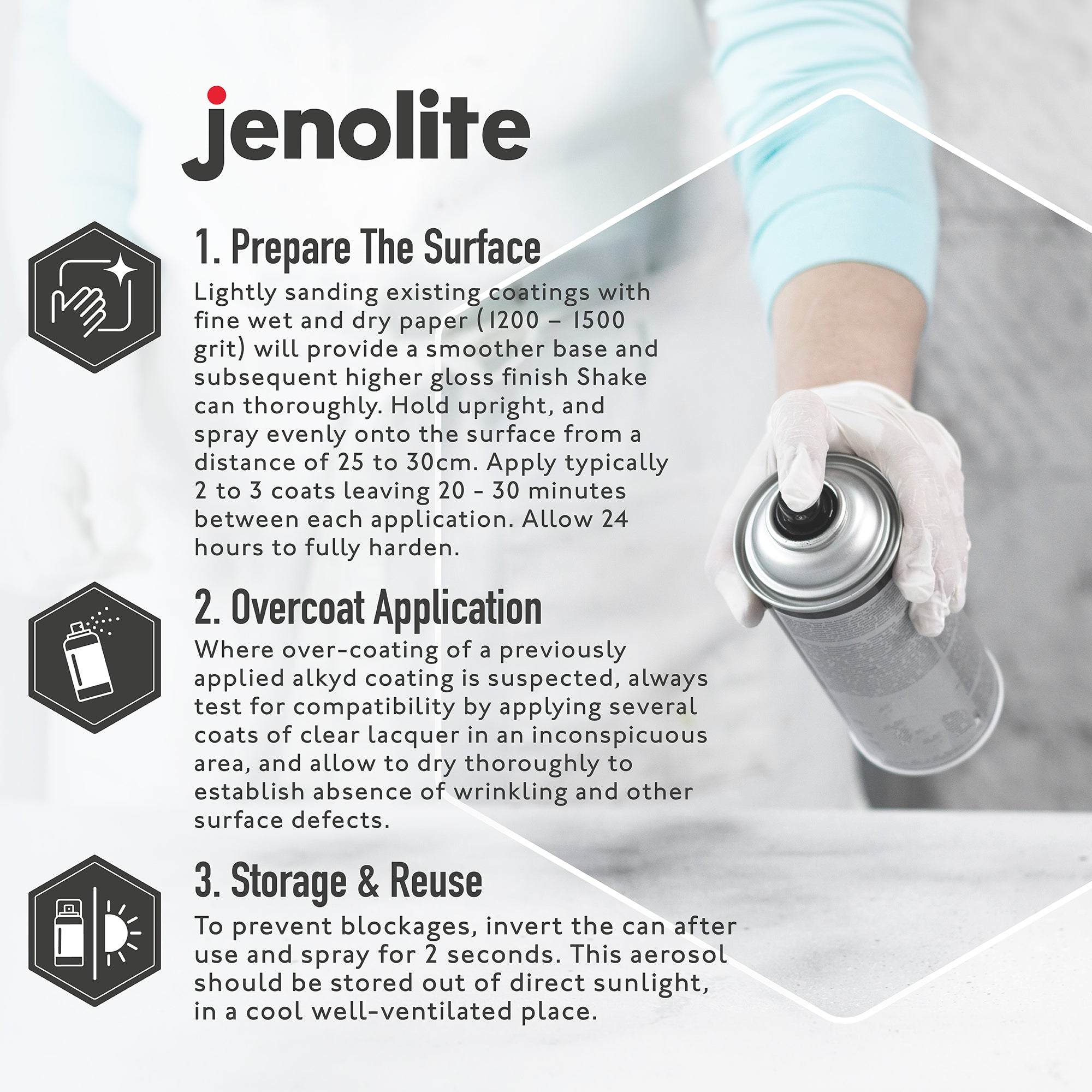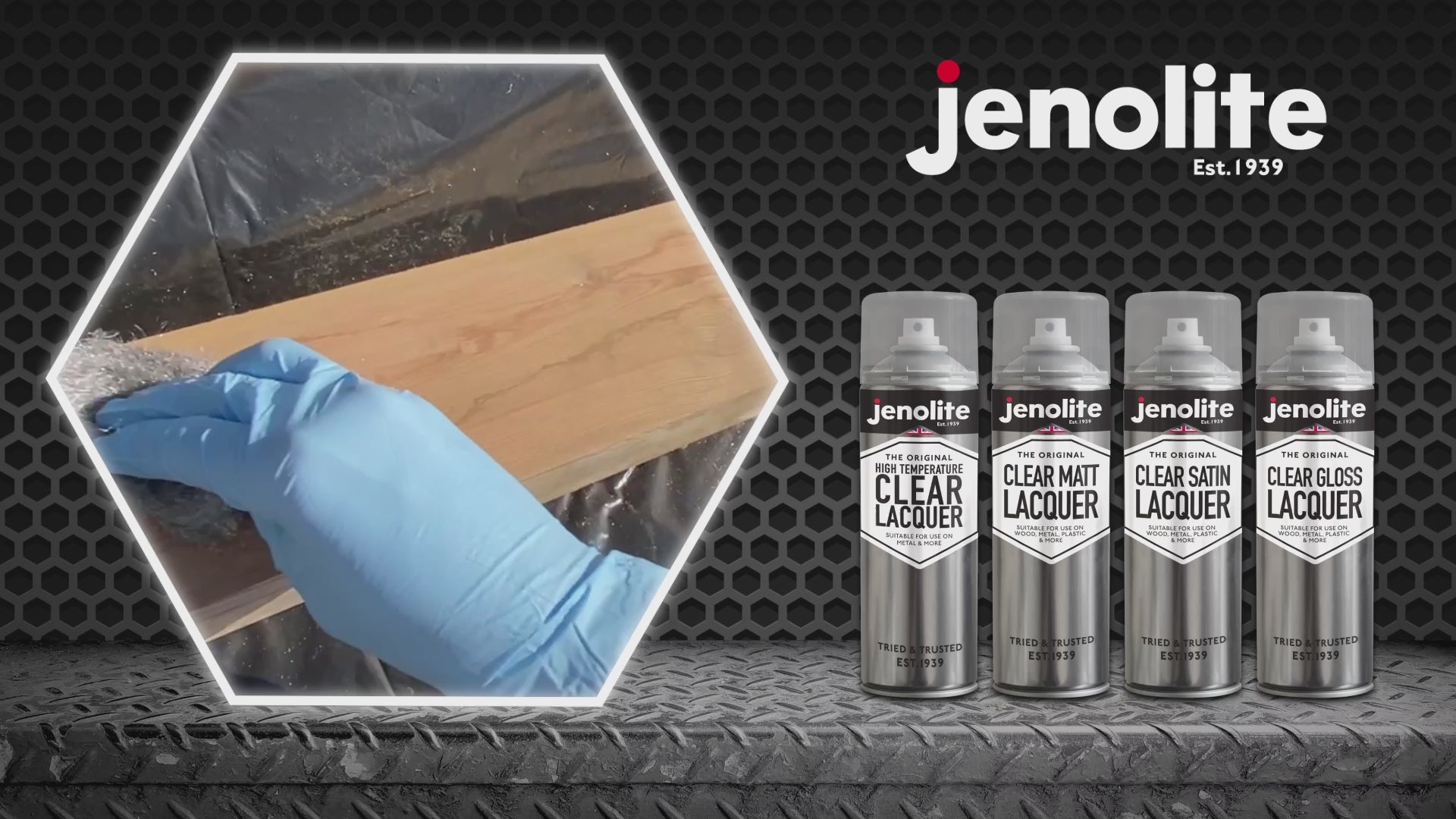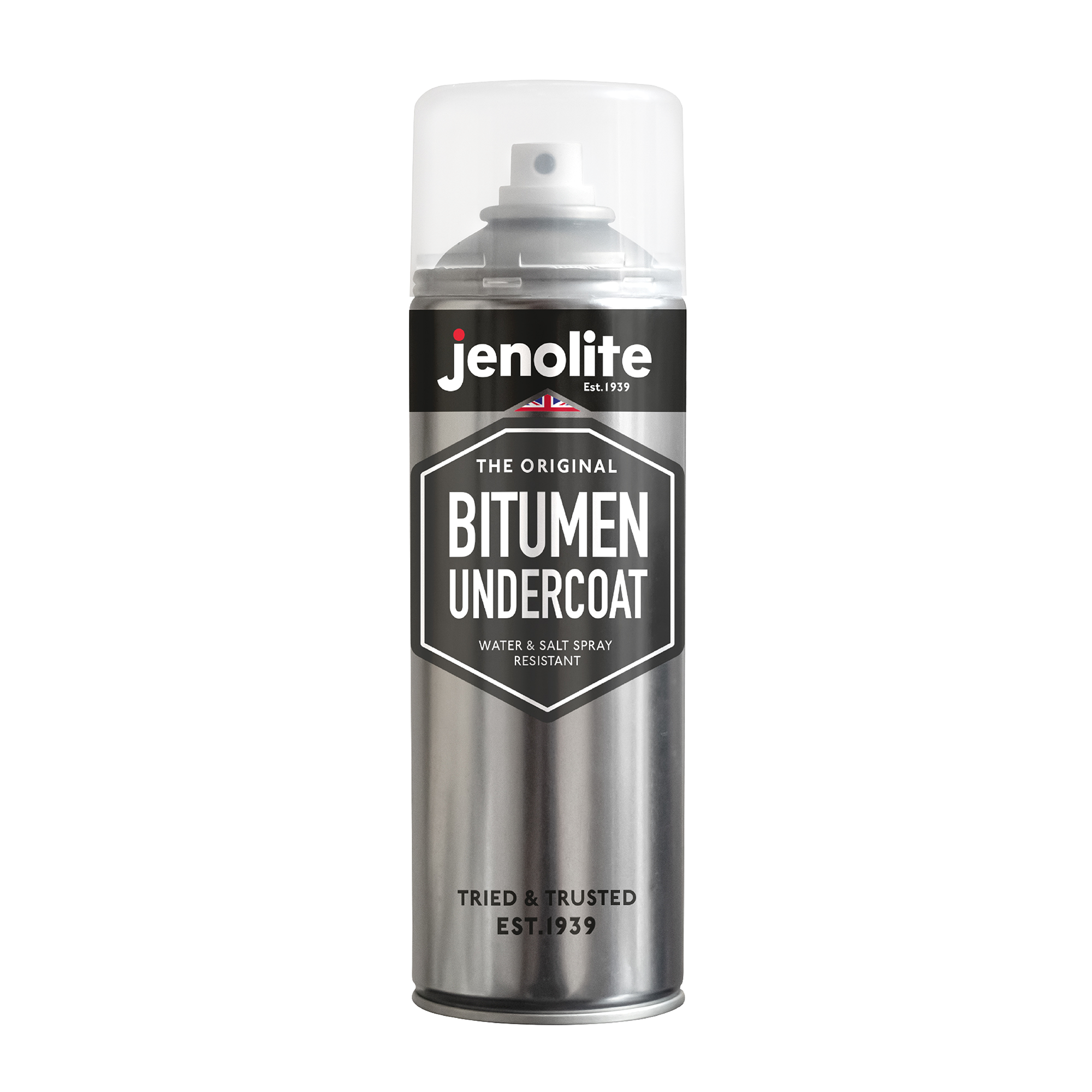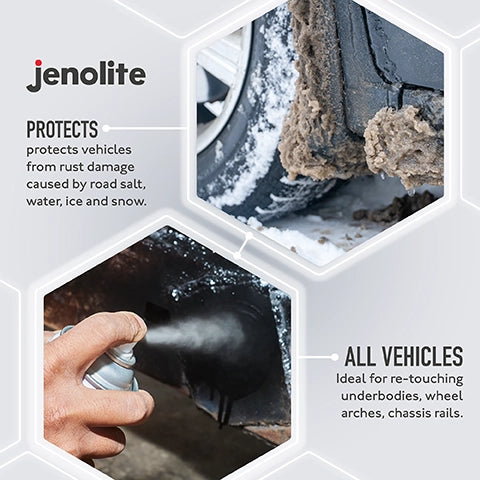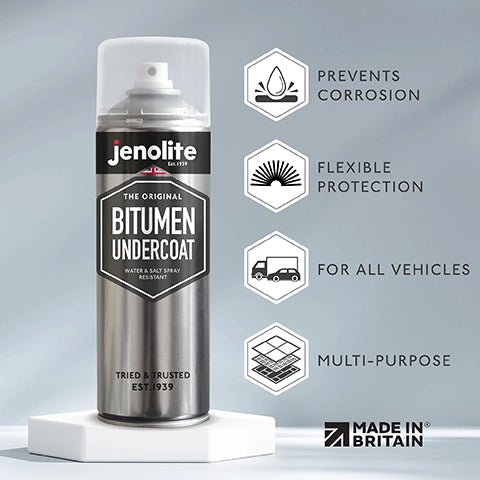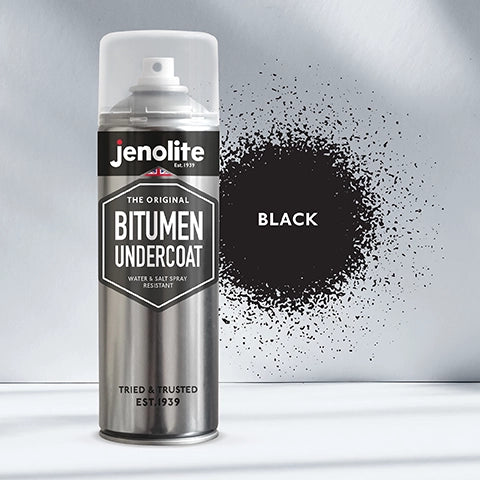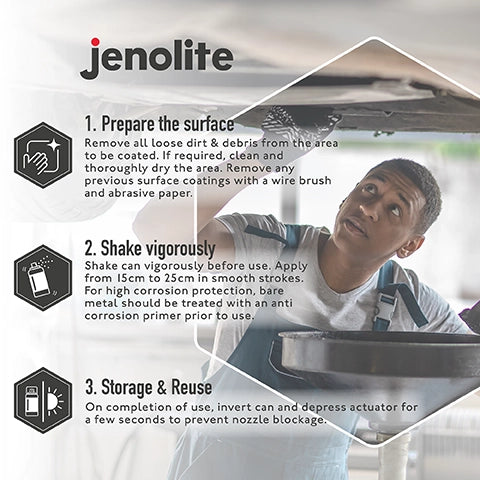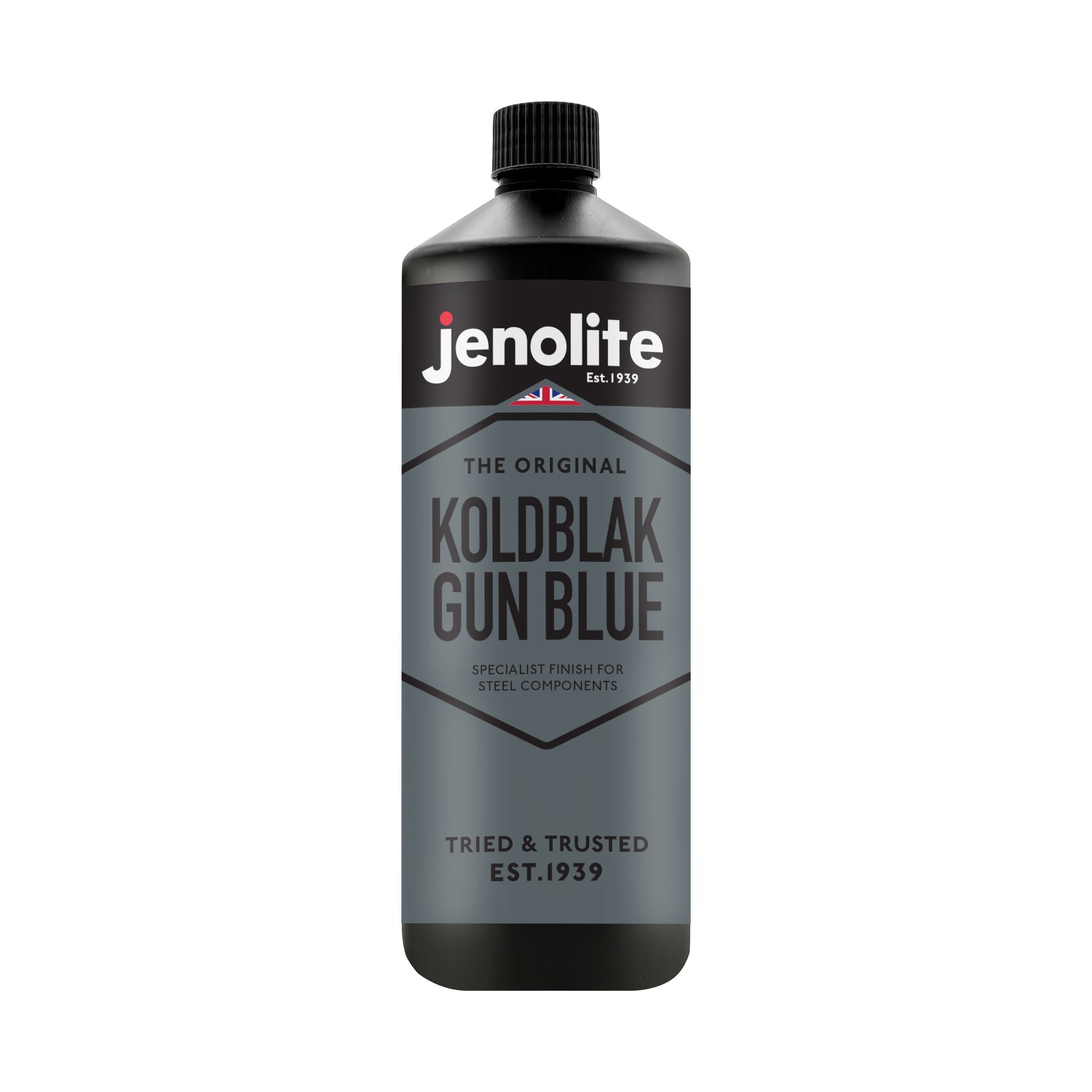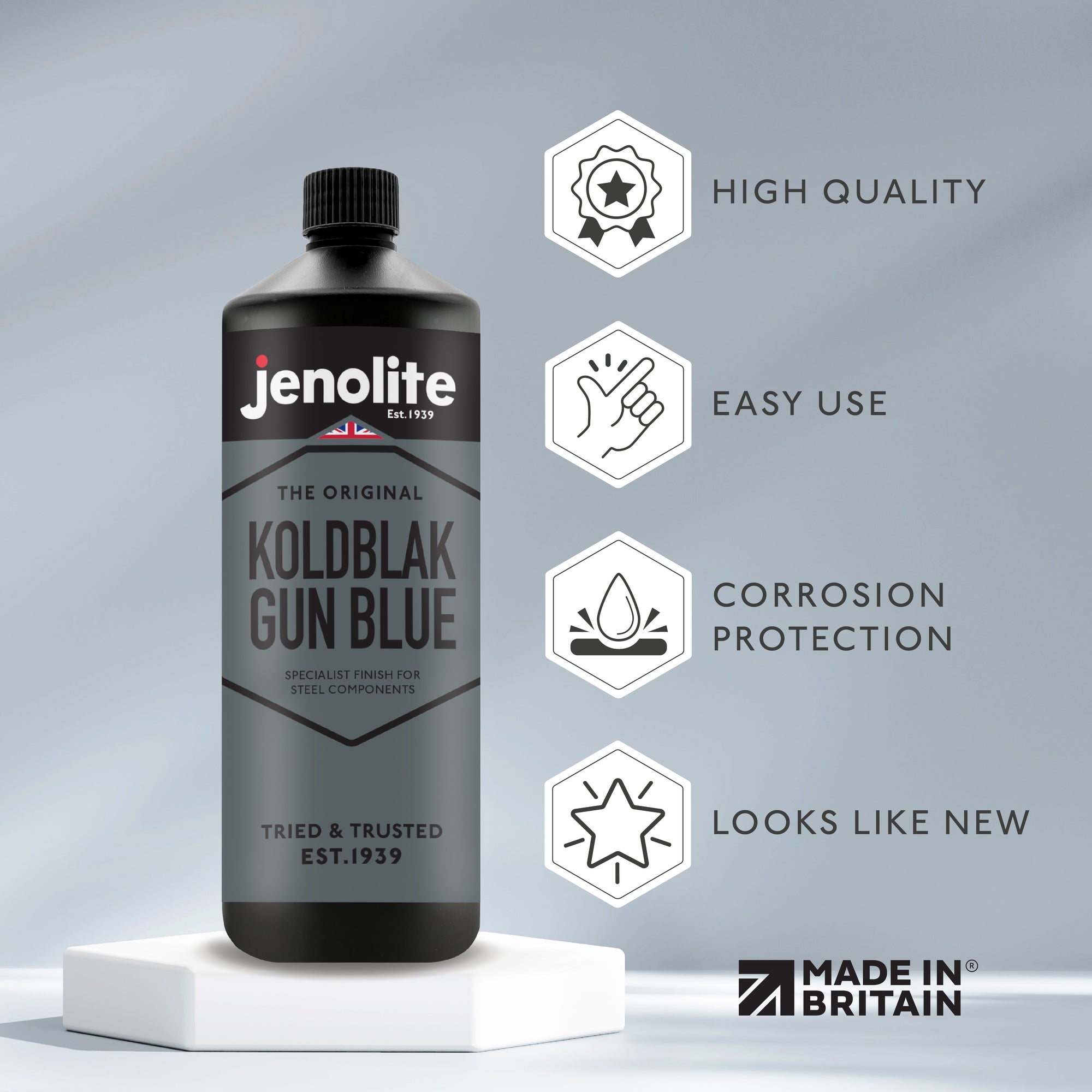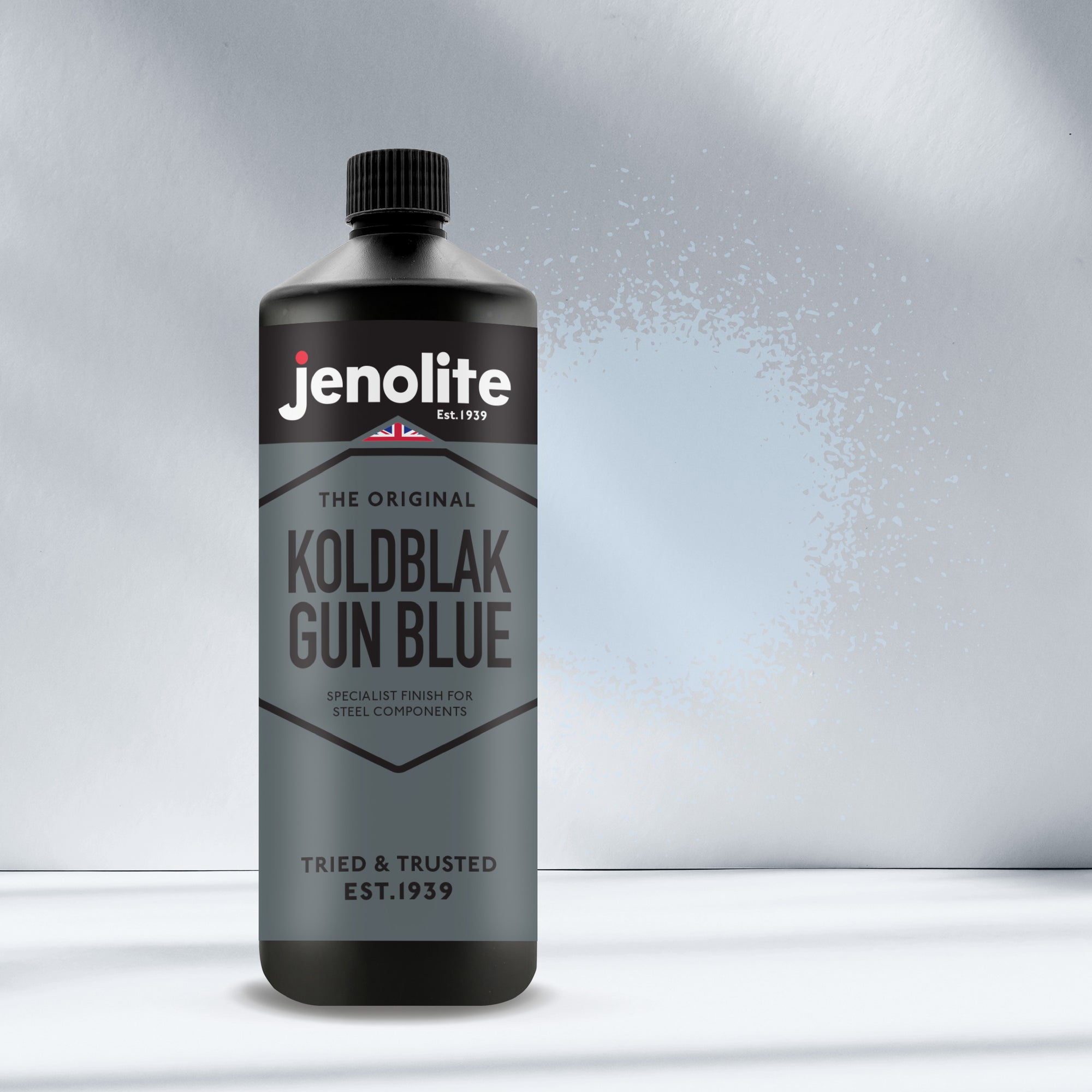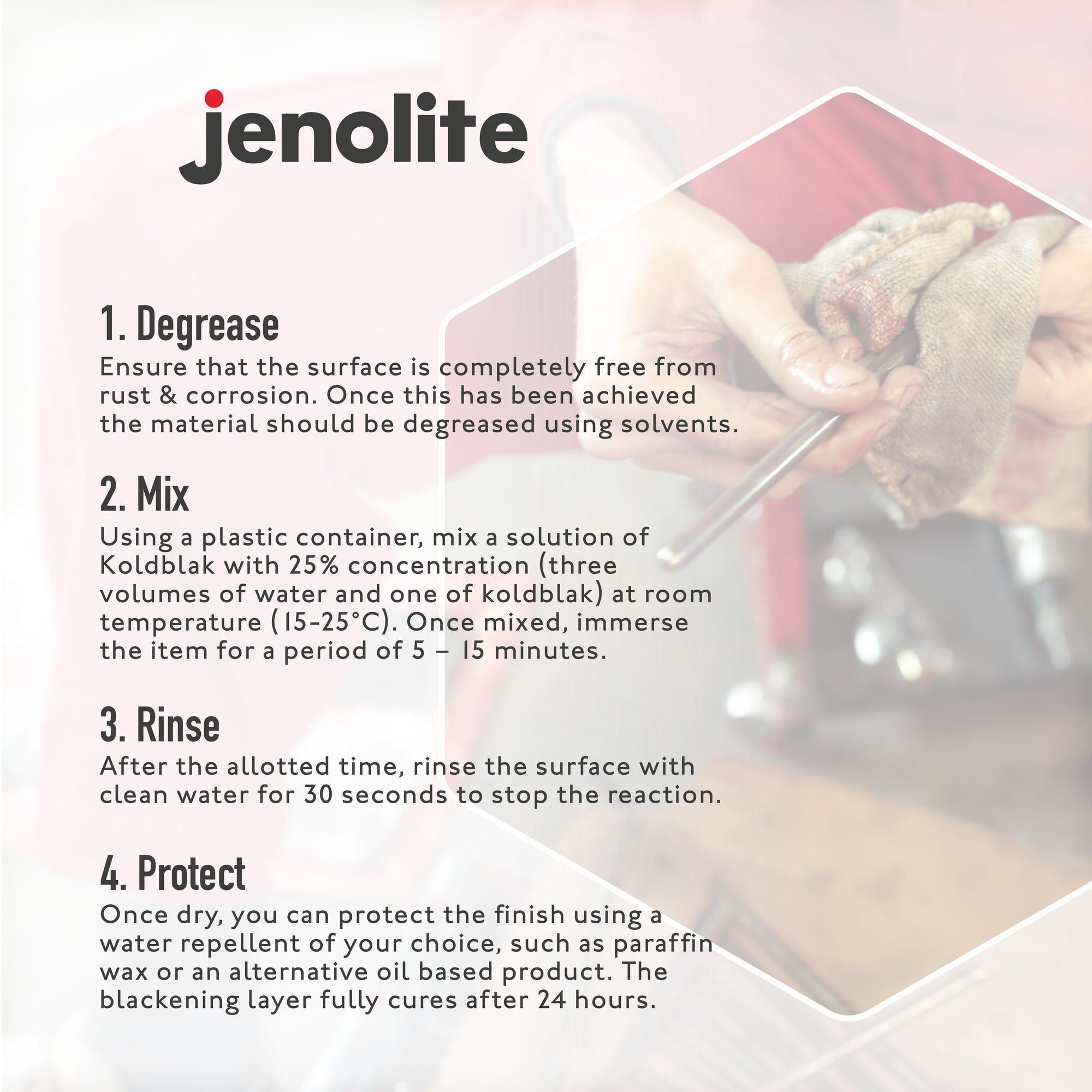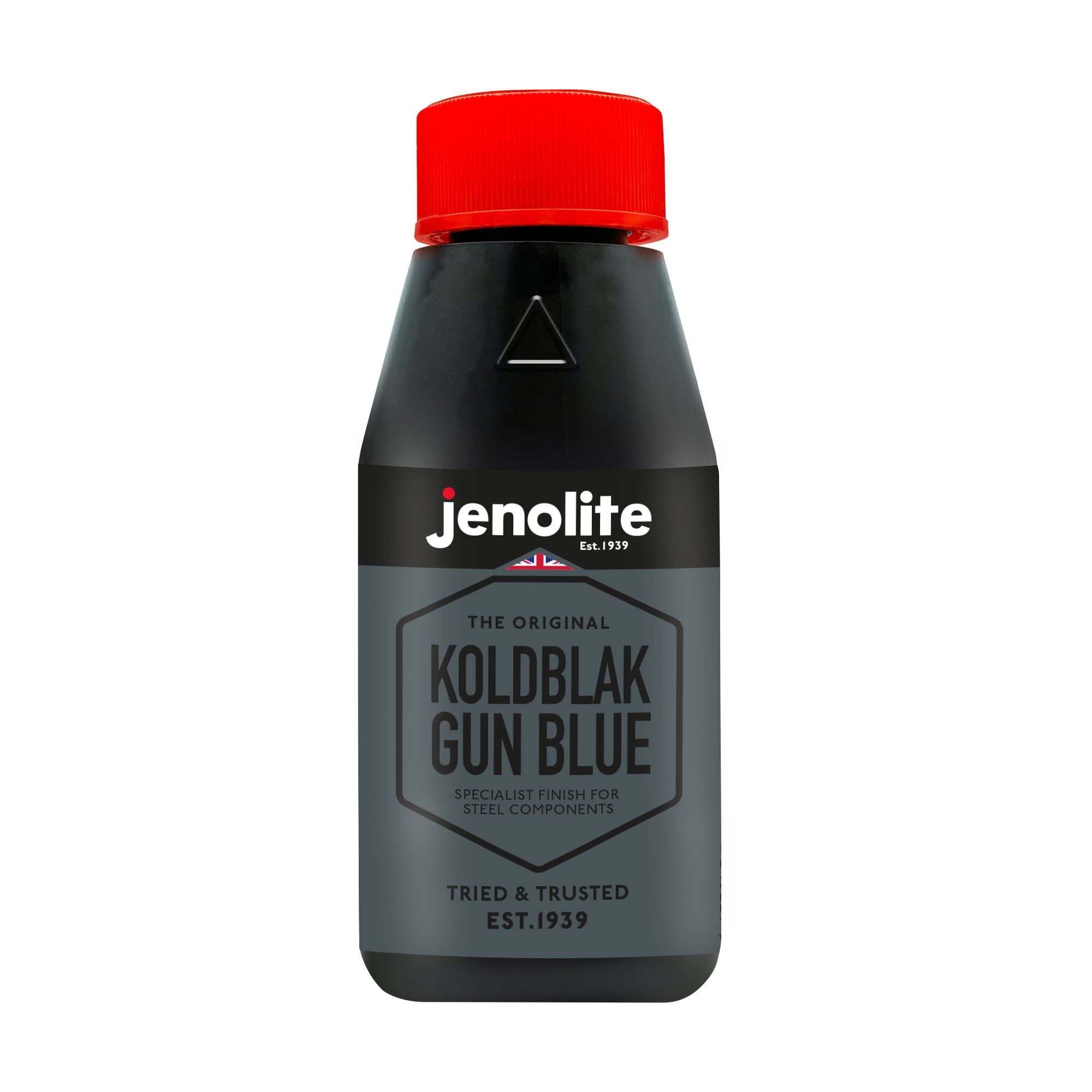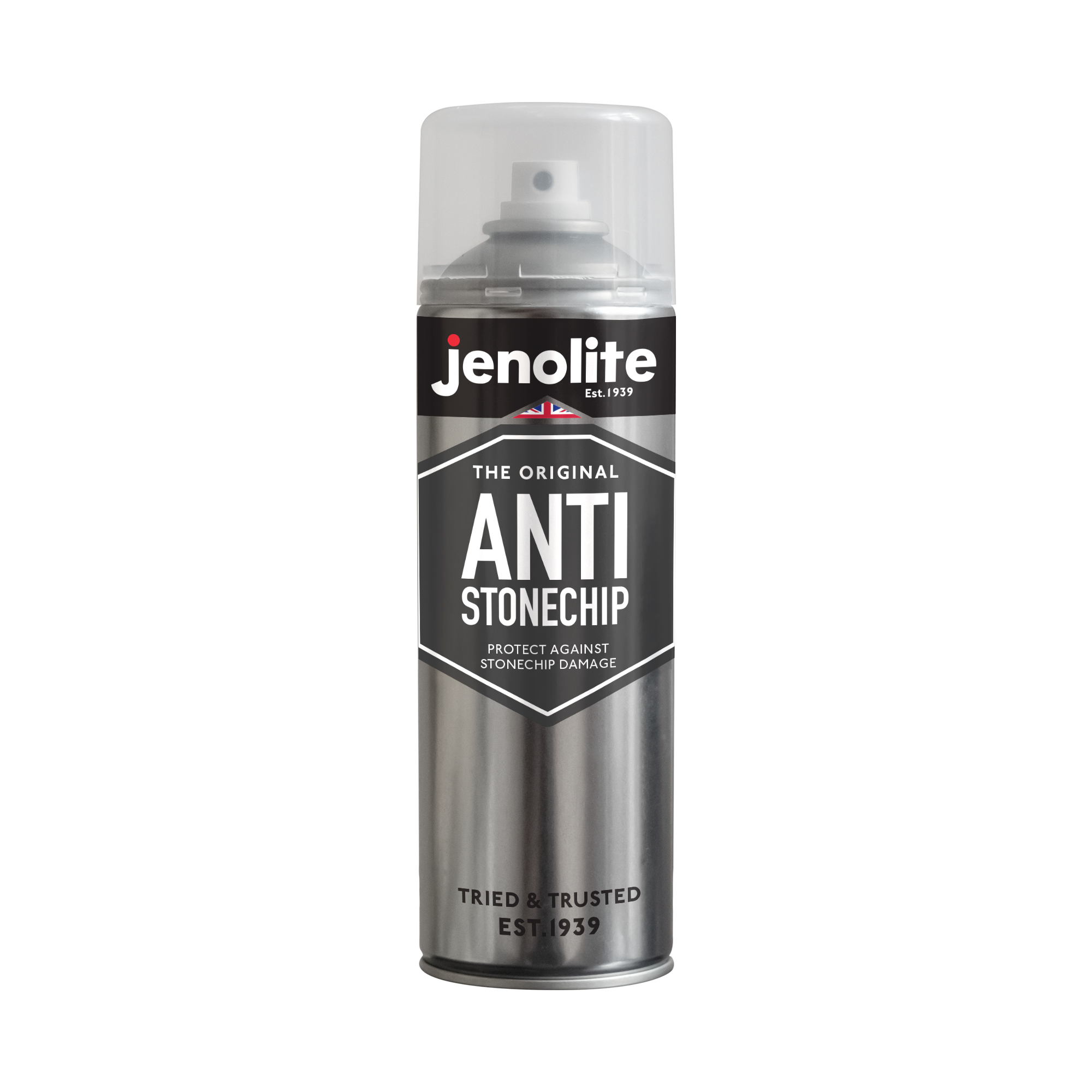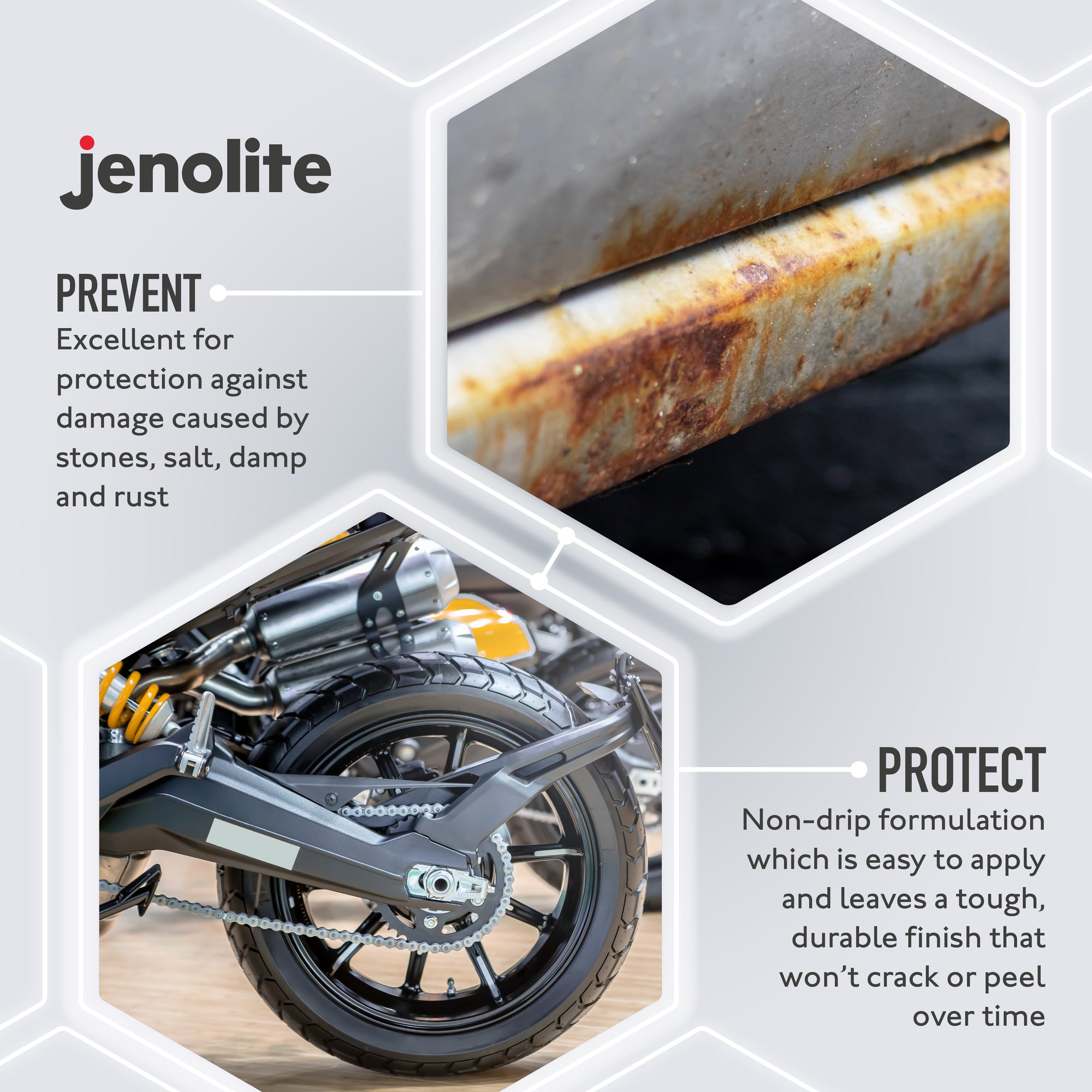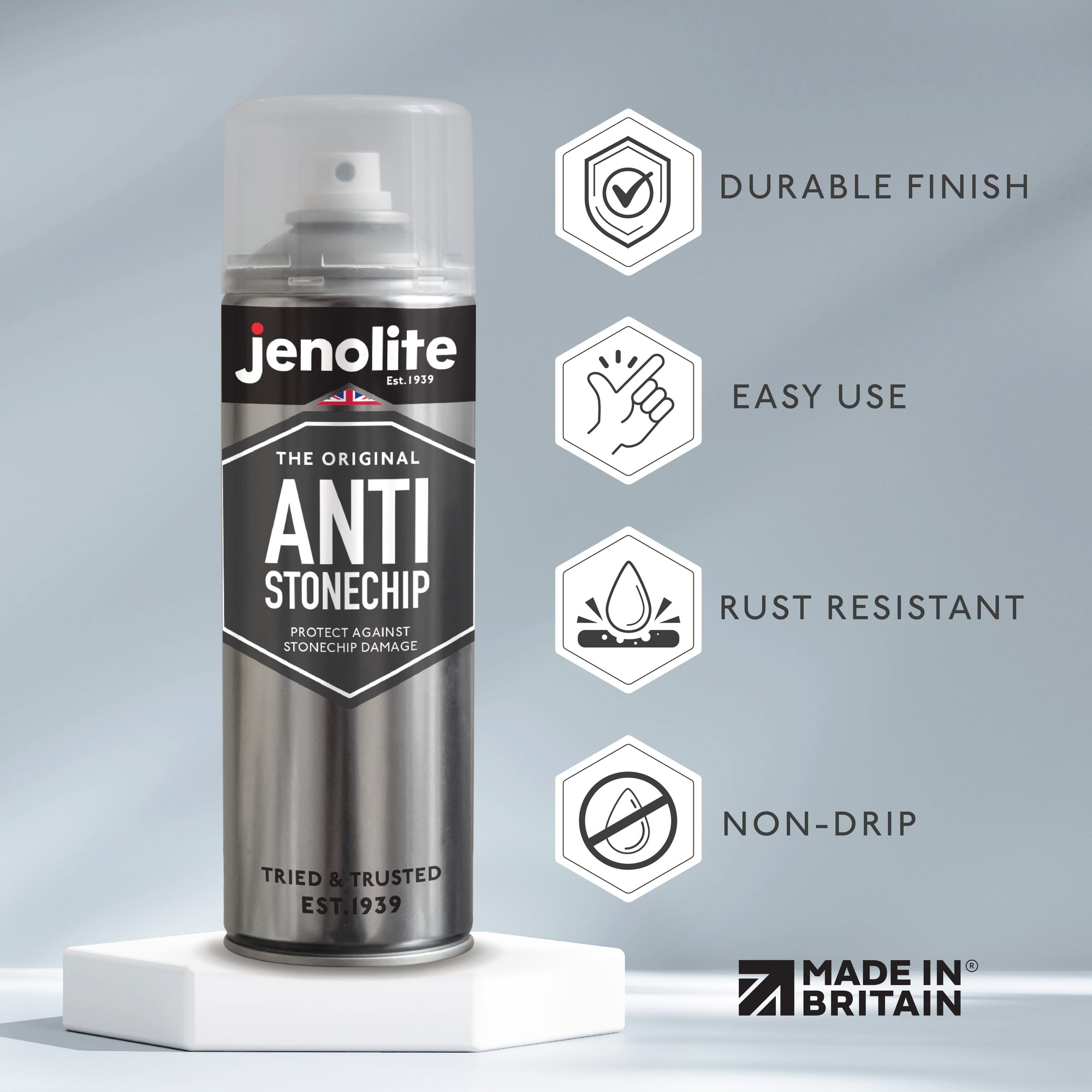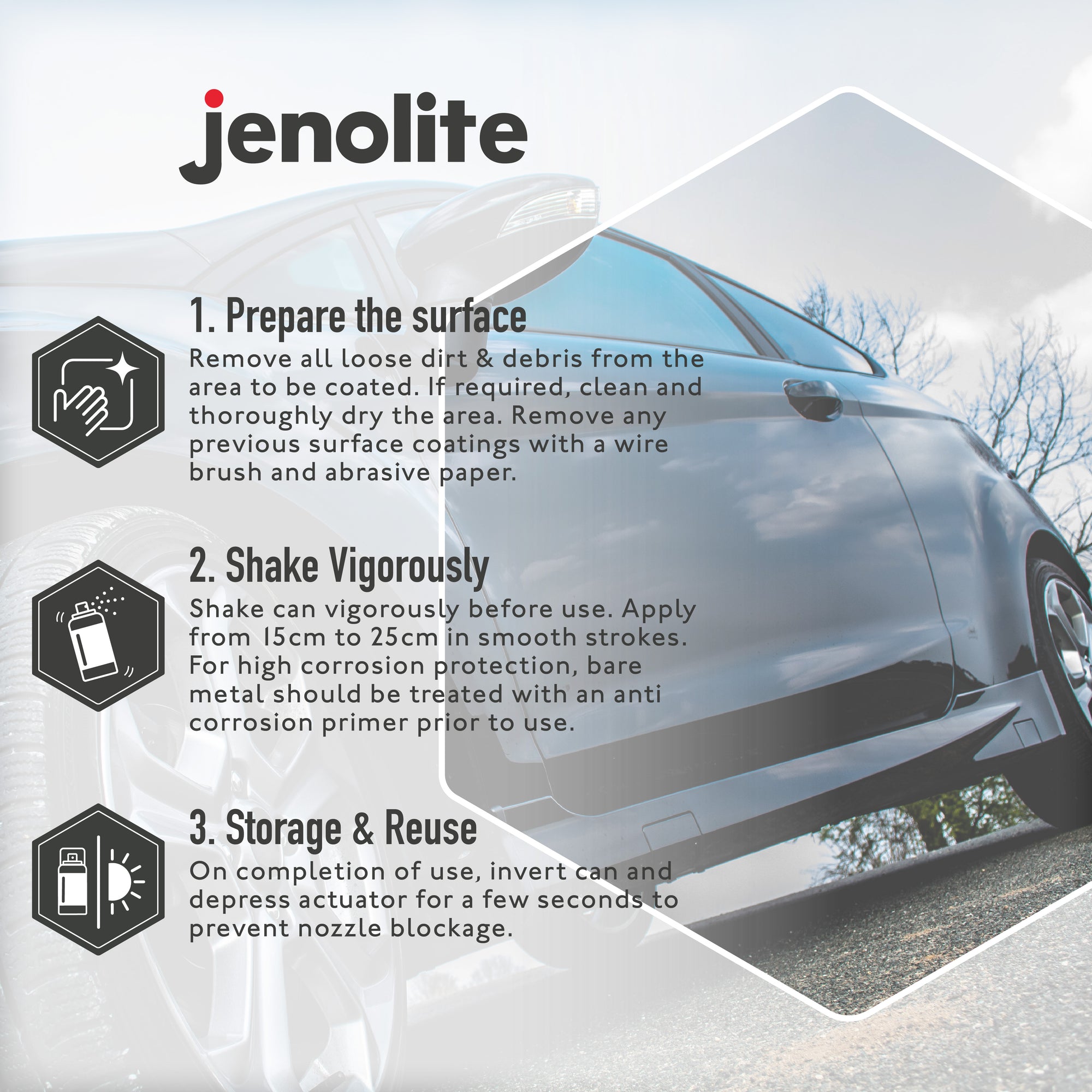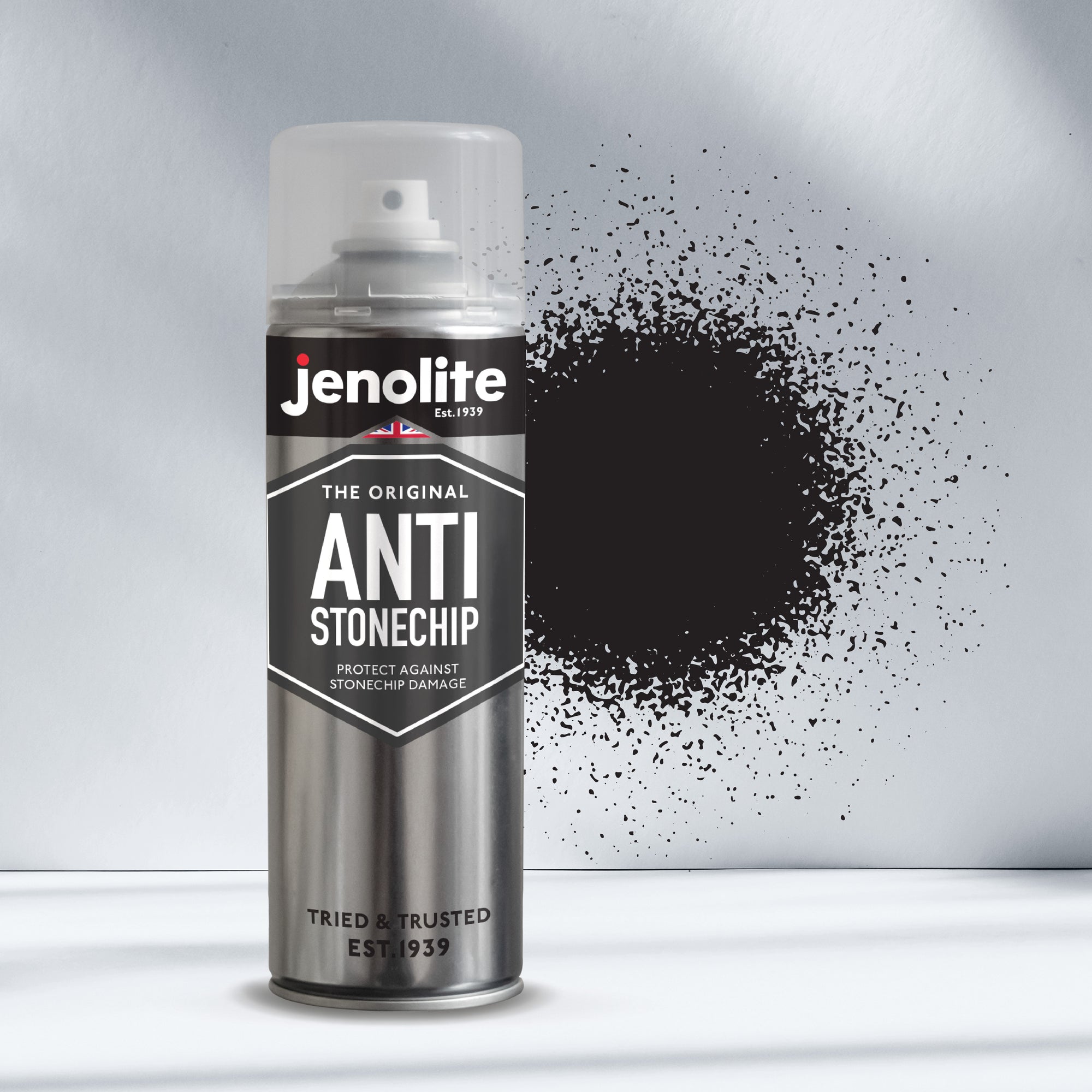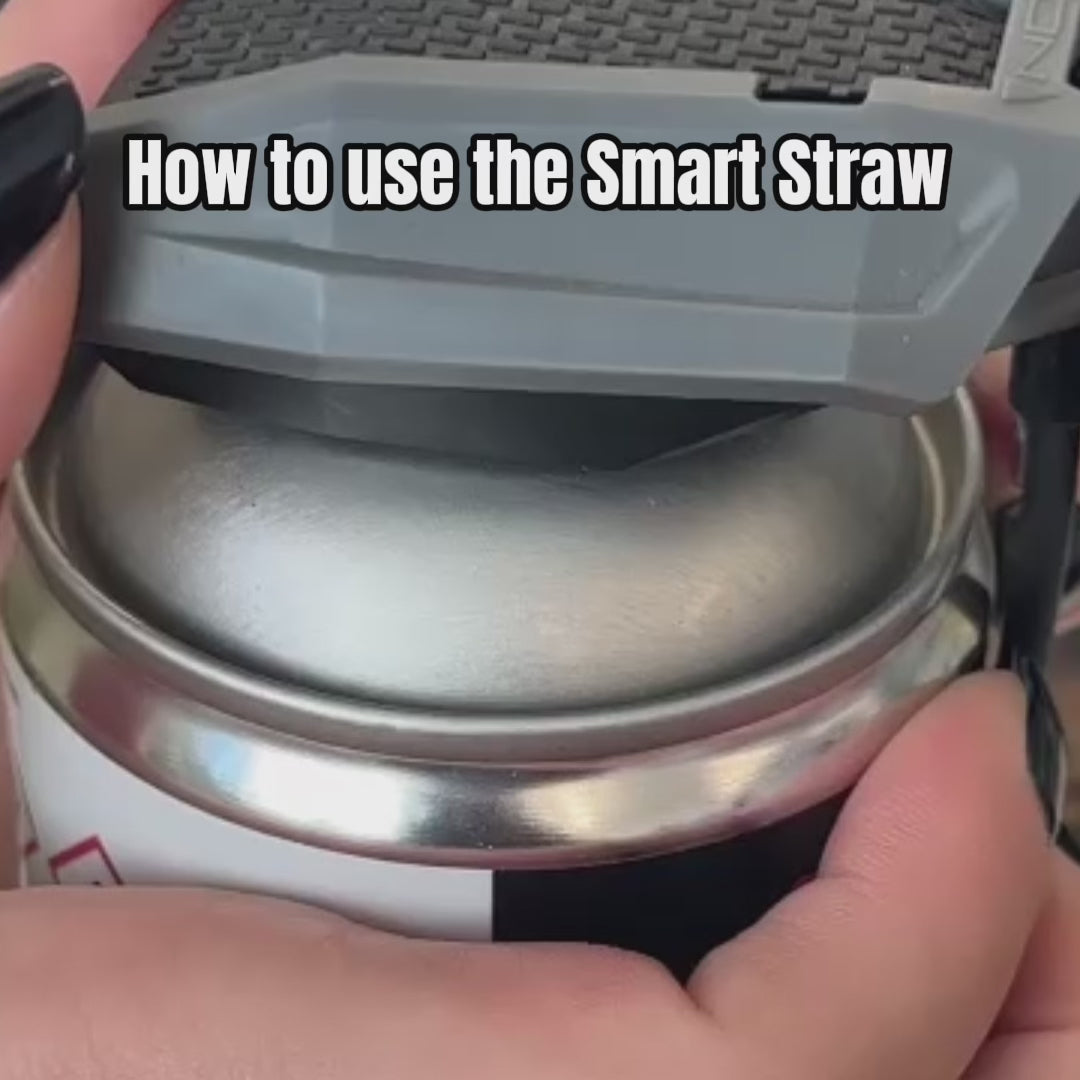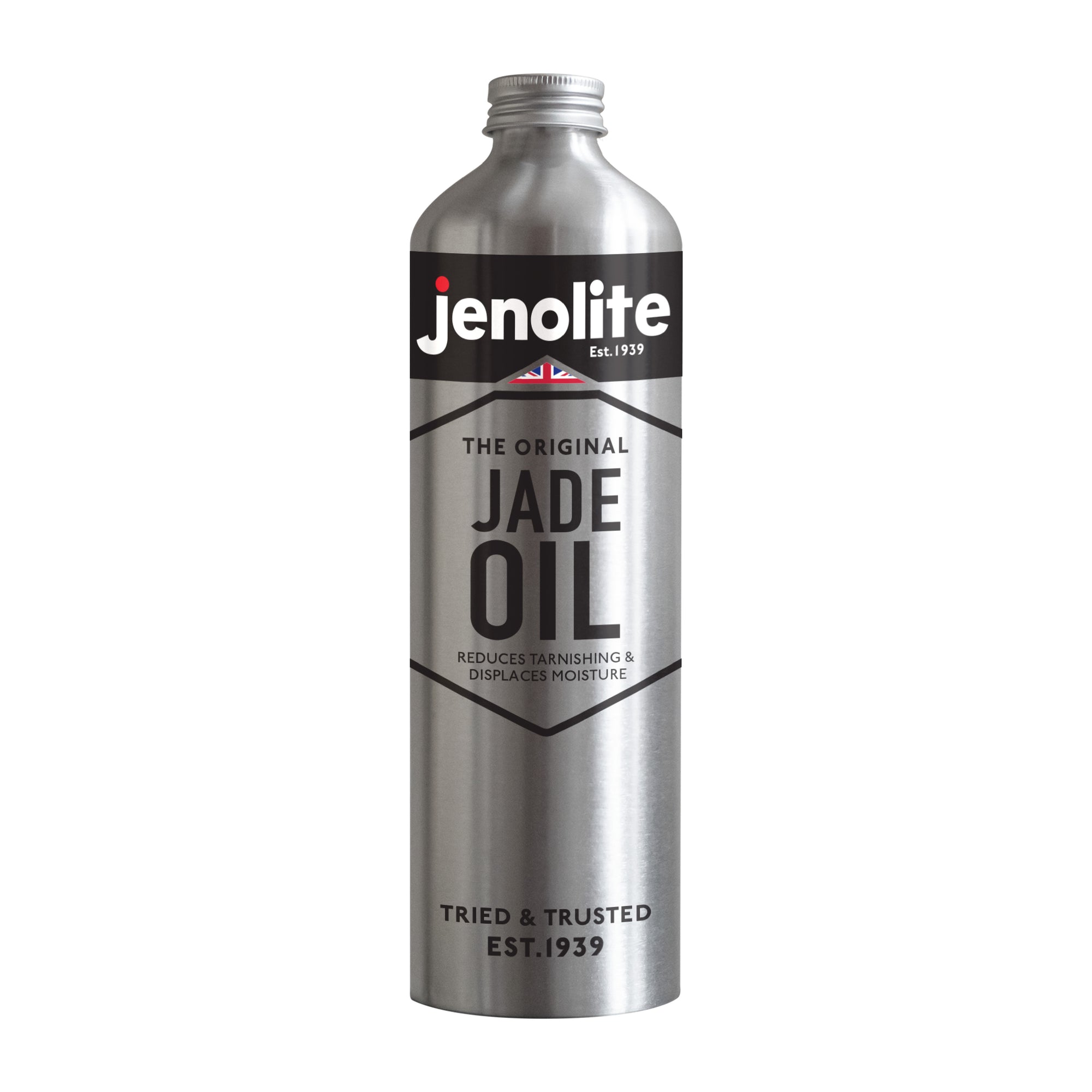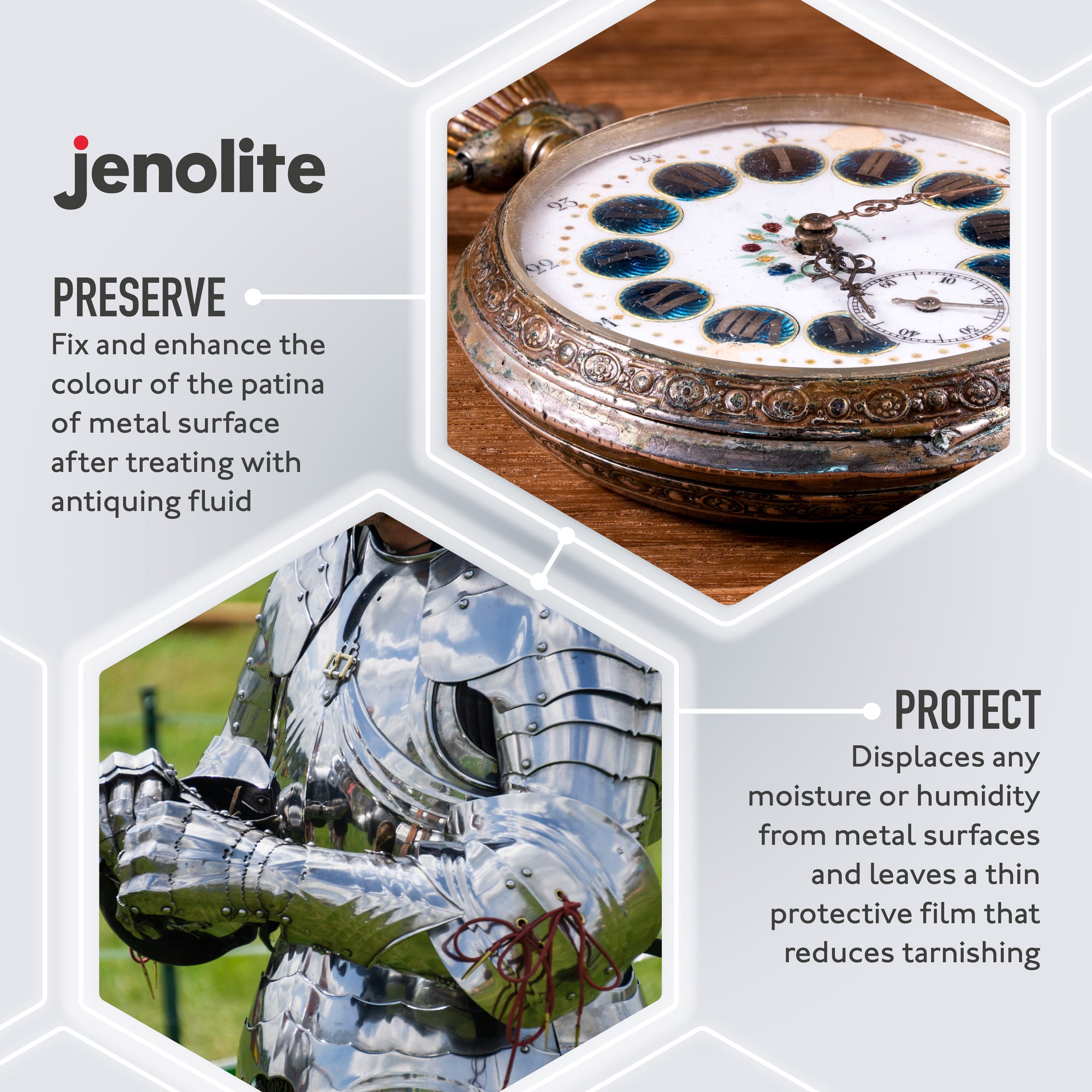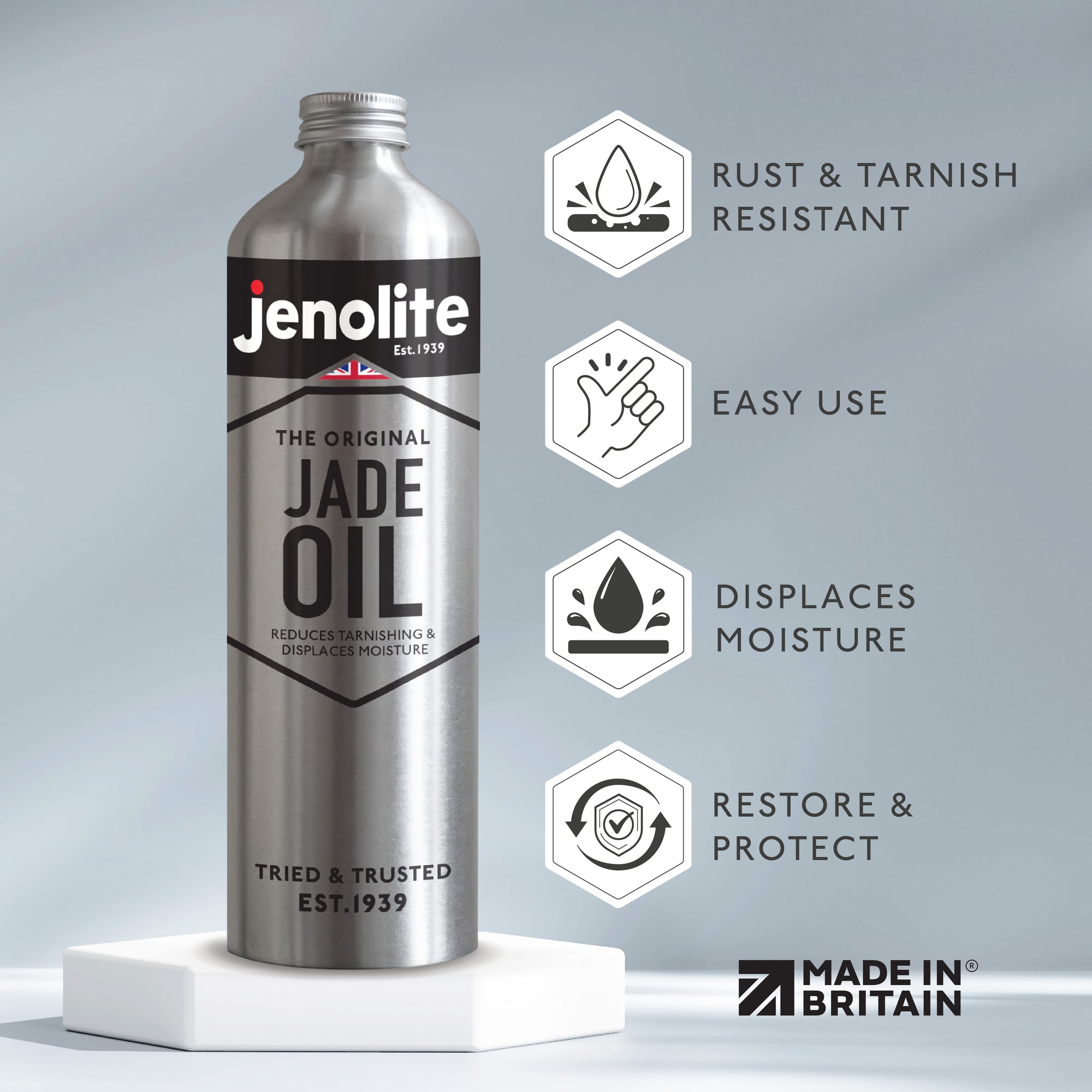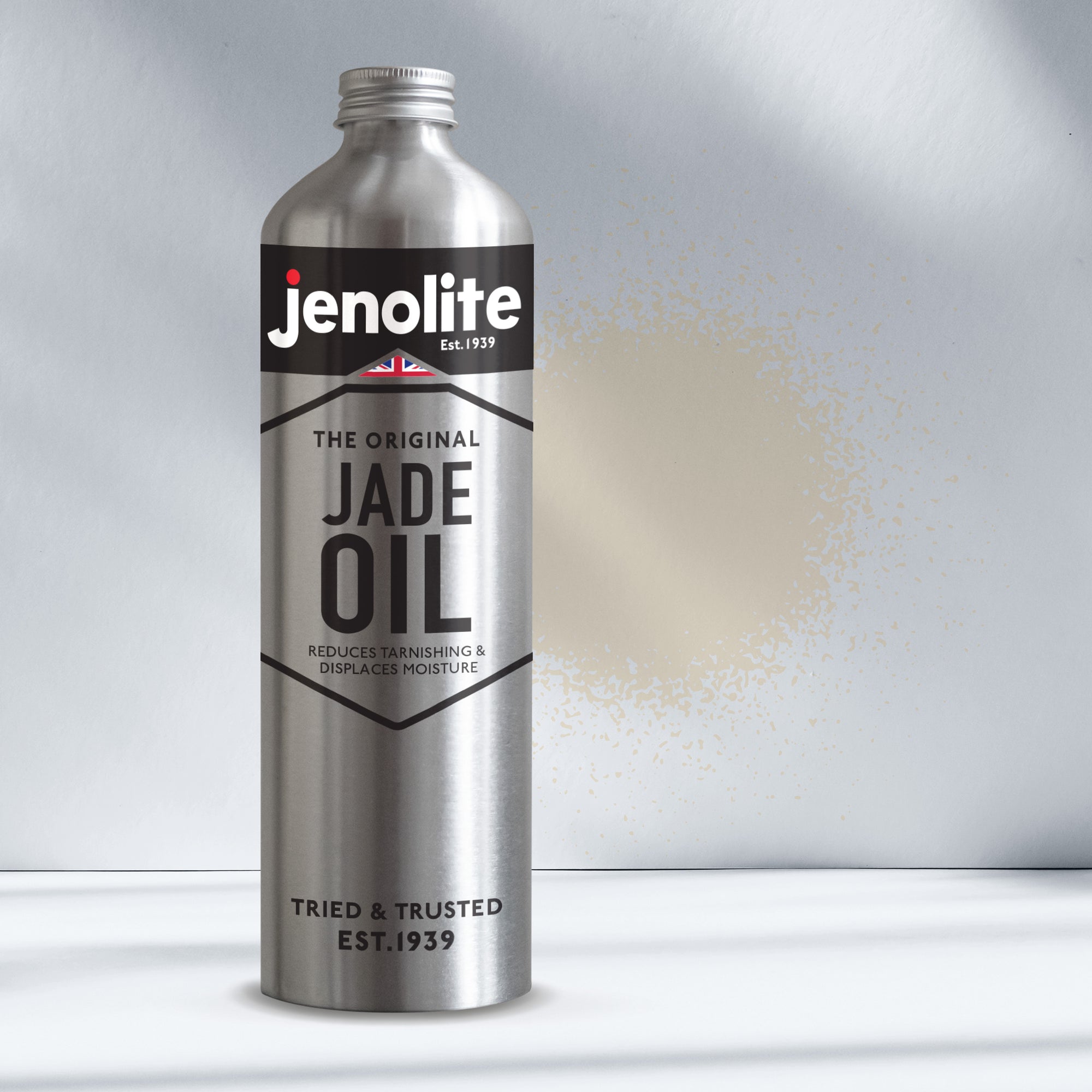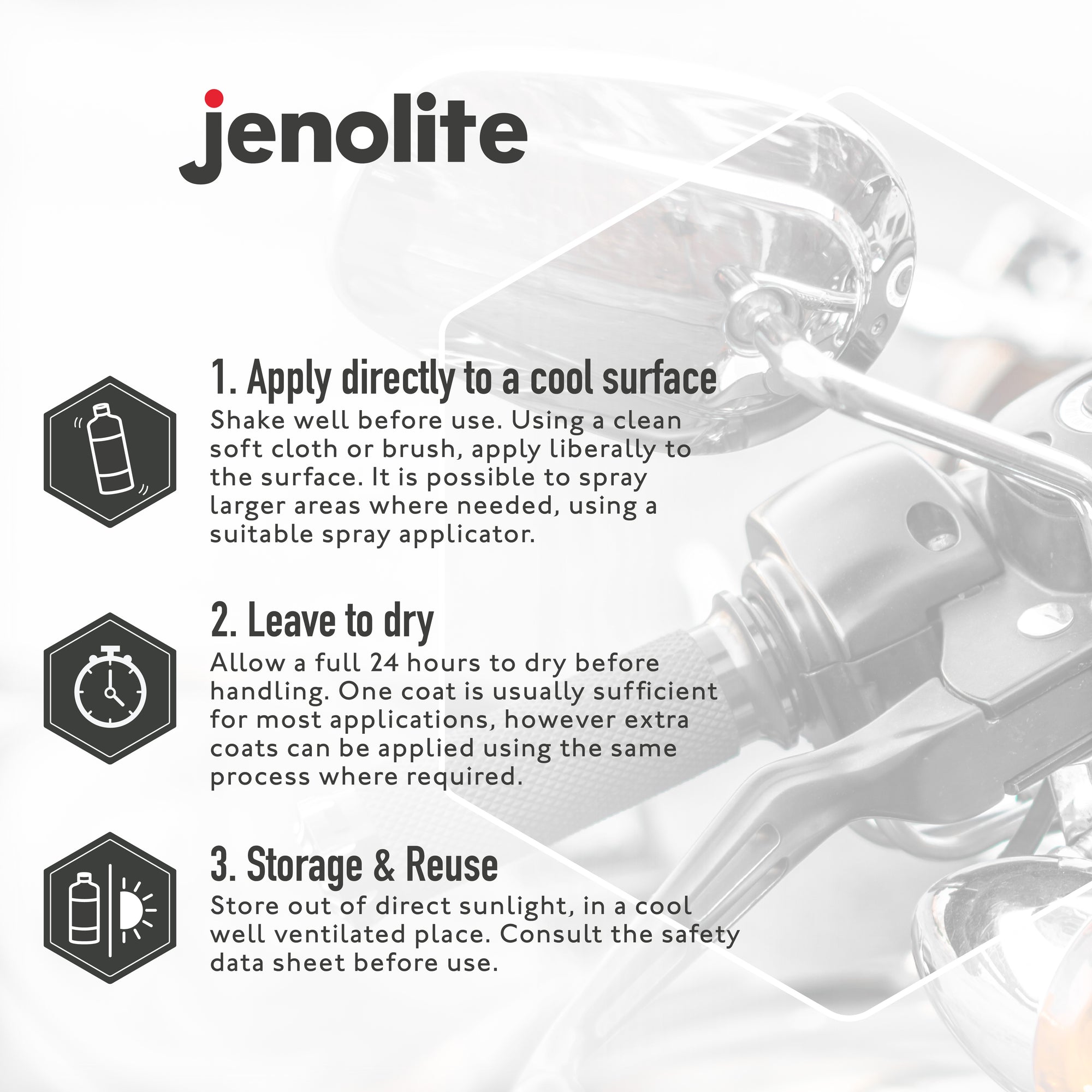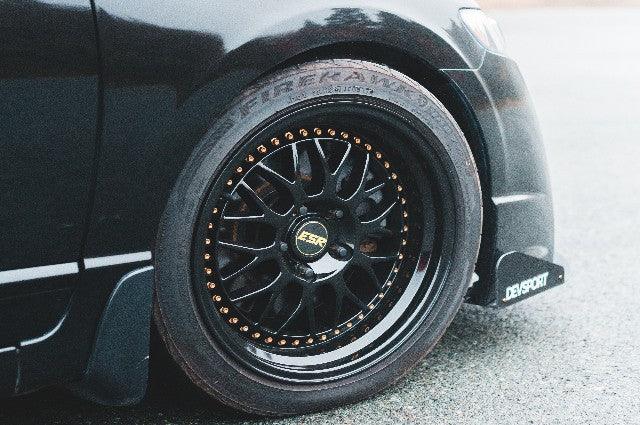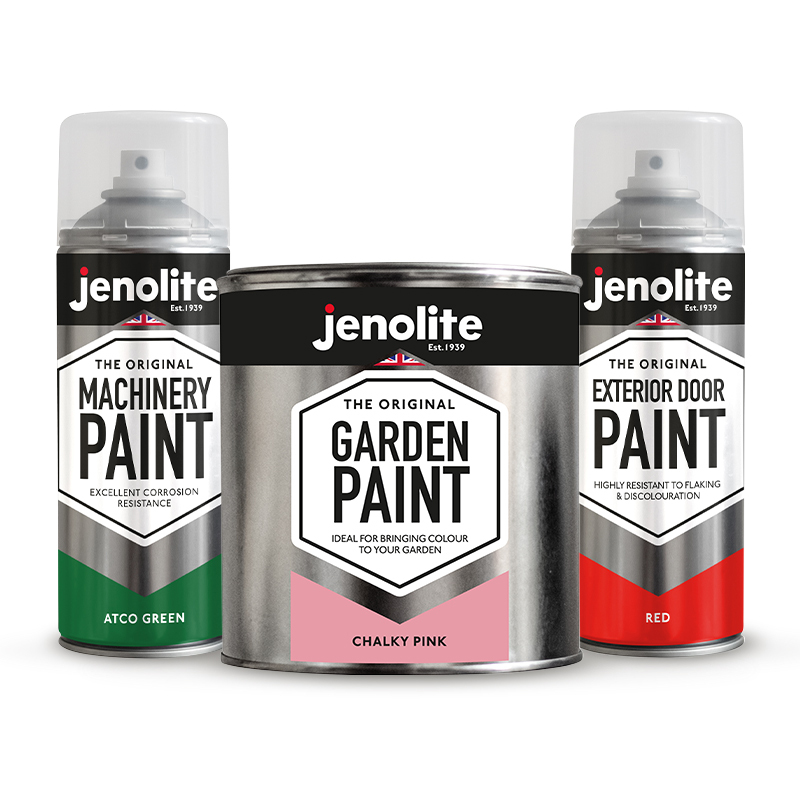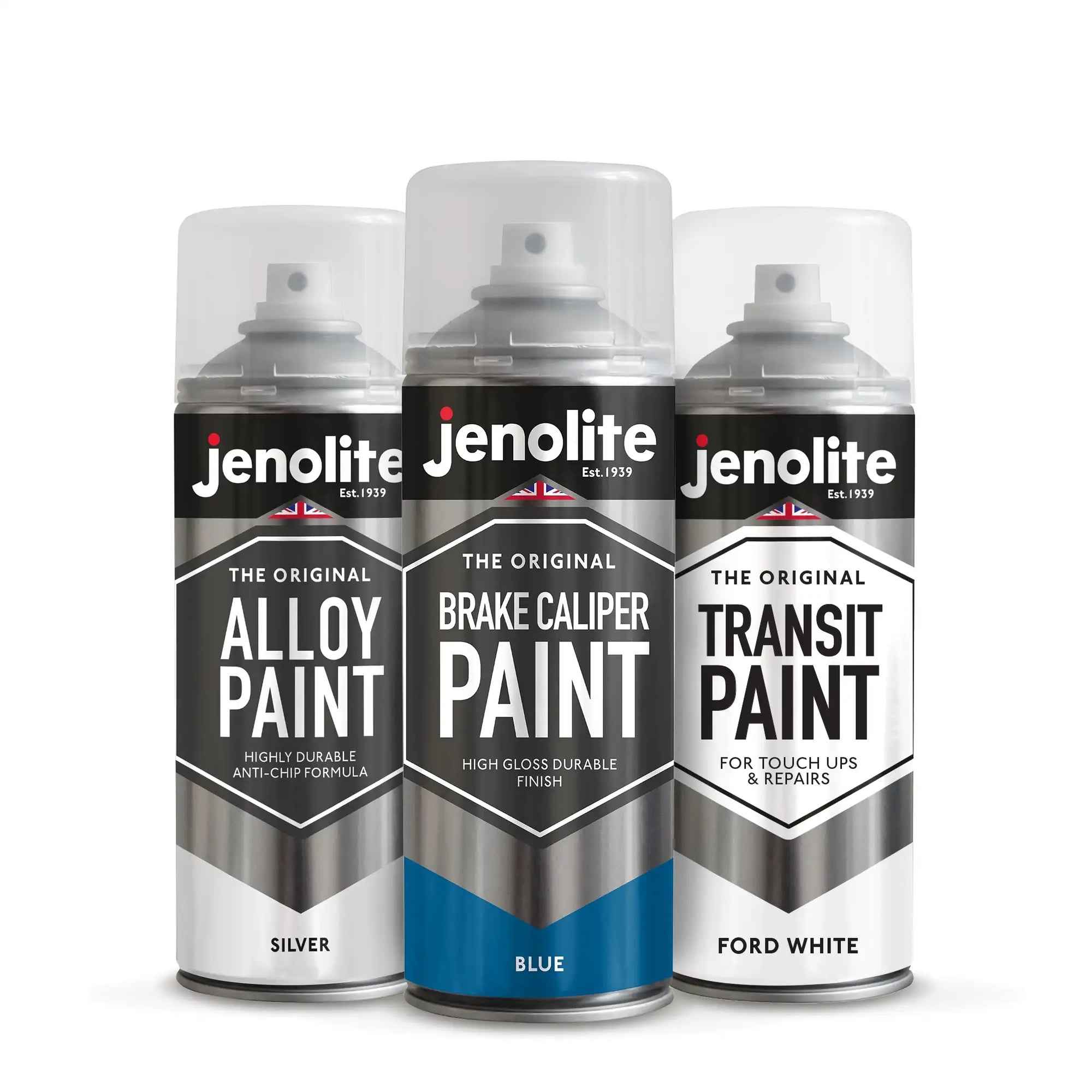One thing that is guaranteed to ruin the clean look of a freshly cleaned car is faded plastic trim on the bodywork. These areas that were once a rich and deep black colour when they left the showroom fade away to an old and tired looking grey when exposed to the elements. You can spend countless hours detailing every aspect of your car, but if your plastic trim or tyre trim has lost its shine, your car won’t be looking its best.
Deep black on trim looks clean and smooth, and will provide a perfect contrast against your car’s body panel paintwork, making it really stand out. This is why it’s important to keep your trim up to scratch if you want your car to look great. In this blog post, we will be explaining why your black plastic car trim might be fading, what you can do to restore it, and finally how to clean it to prevent it from fading in the future.
Why does black car trim fade?
Car trim fading is almost inevitable on every car, due in part to the fact that it is made out of plastic, which contains oils. Over a period of time, these oils will degrade, which in turn leads to the plastic itself deteriorating, leading to that faded grey colour appearing. The issue that plastic trim faces that something such as paintwork does not, is that plastic trim pieces do not have a protective coat. So without this layer of protection, it will always be susceptible to damage, with the main cause of damage being from the UV rays in sunlight. These harmful rays degrade the plastic, creating a chalky appearance or a slight colour change on the surface of the plastic.
Another common cause of car tim fading is exposure to harsh weather conditions, combined with other potentially harmful contaminants from the road. As you drive your vehicle along the road, surface water can get thrown onto the surface of the plastics, which over time, harms their appearance.
So now we know the most common reasons why the black car trim on cars fades, let’s look at the ways you can restore your black car trim to as good as new.
How to restore black plastic car trim
When you are looking to restore black plastic car trim, we recommend using a quality product specifically for the section of your car trim you are looking to restore. For your bumper and trim, we recommend Jenolite’s Back to Black Bumper and Trim Aerosol Spray. For maintaining the shine on your tyres, we would recommend Jenolite’s Back to Black Tyre Shine.
Make sure that when you are applying a trim restorer that you do it on a clear day, as you do not want to be caught in a rainshower mid-application. This would result in the trim restorer not getting sufficient time to bond with the plastic, making the process not work.
Next, make sure the trim is clean and free from any grease or other contaminants before applying any trim restorer to the surface, and make sure to avoid getting any of the product on the paintwork of your car, wiping off any excess overspray, as it may cause damage if left to dry on the paint. Use tape on any areas of the paint where it meets the trim to ensure that this doesn’t happen.
Shake the can of trim restorer thoroughly before use, apply from a distance of 10 – 20cm and allow to dry. Make sure to avoid over-spray onto braking surfaces. For window rubbers and other exterior trim, the product can be sprayed directly onto a cloth and wiped over the surface to avoid over-spray. To prevent blockages, invert the can after use and spray for 2 seconds. Make sure to apply the spray evenly to each section of the trim to avoid inconsistencies in appearance, keeping every section of the trim looking the same shade.
Now that you have applied a quality trim restorer, let it dry and bond with the plastic, make sure to clean the trim regularly with microfibre cloths to remove any potentially harmful substances.
If this guide helped you learn how to permanently restore black plastic car trim, feel free to take a look at our other helpful guides, including protecting your car from scratches and stone chips.

